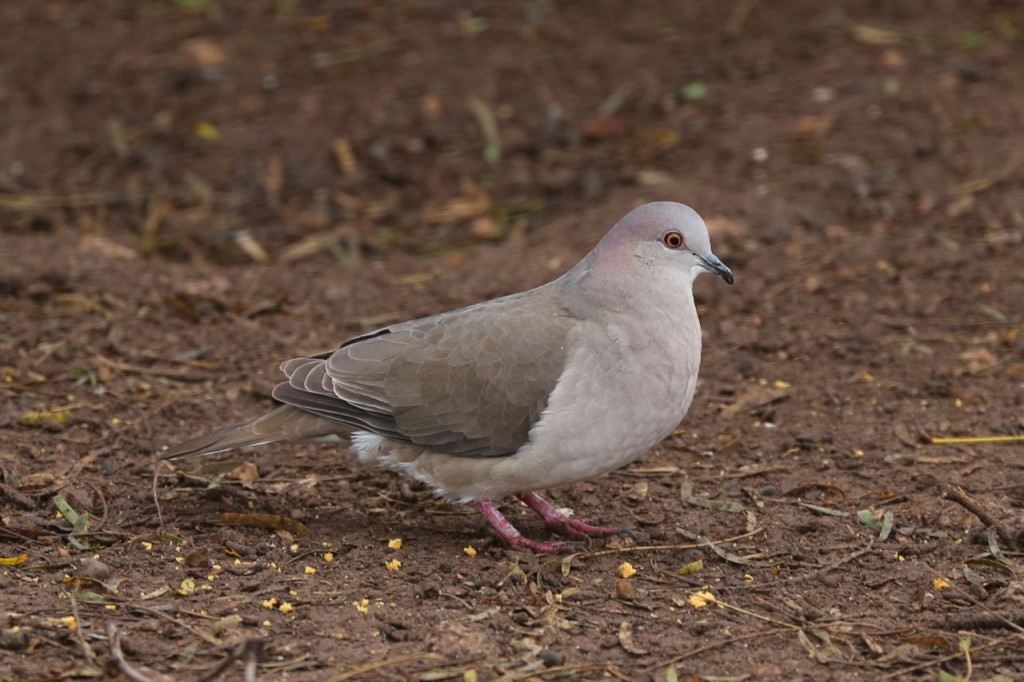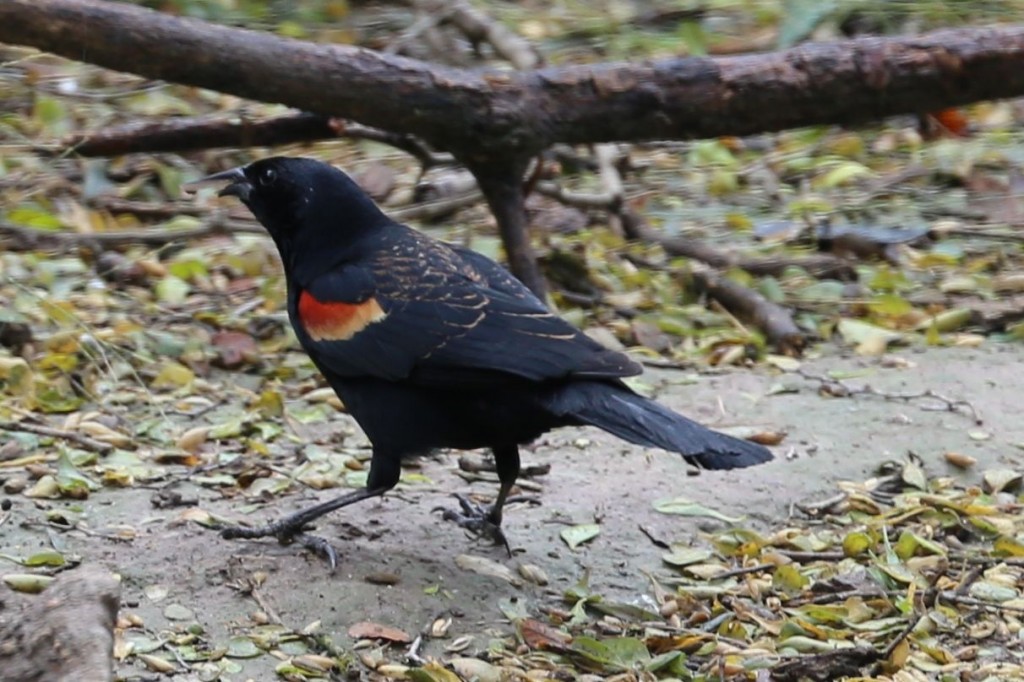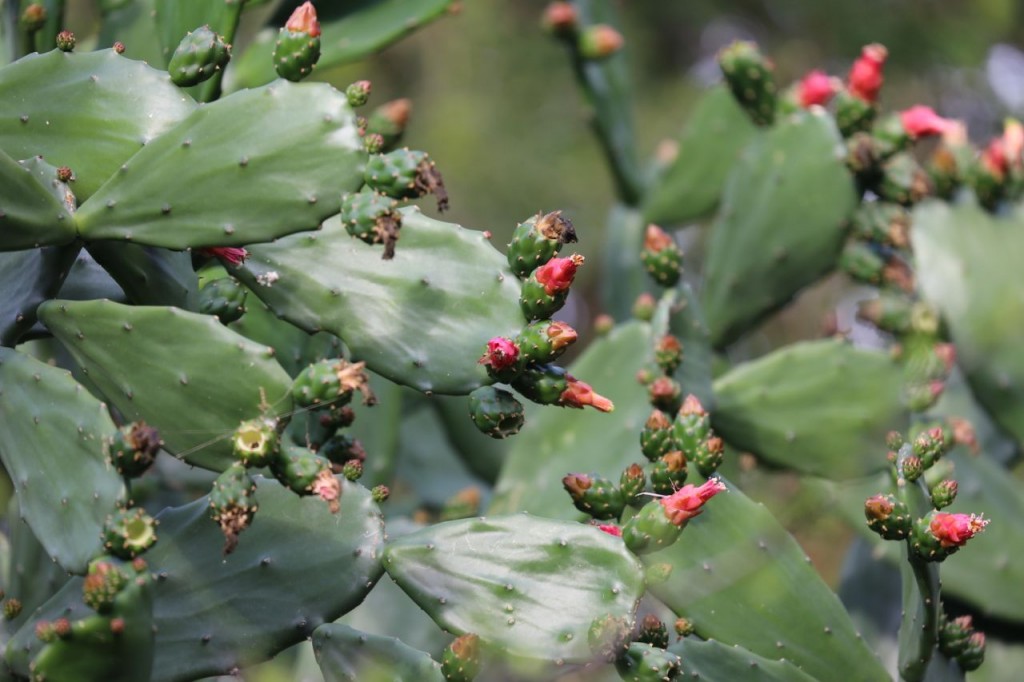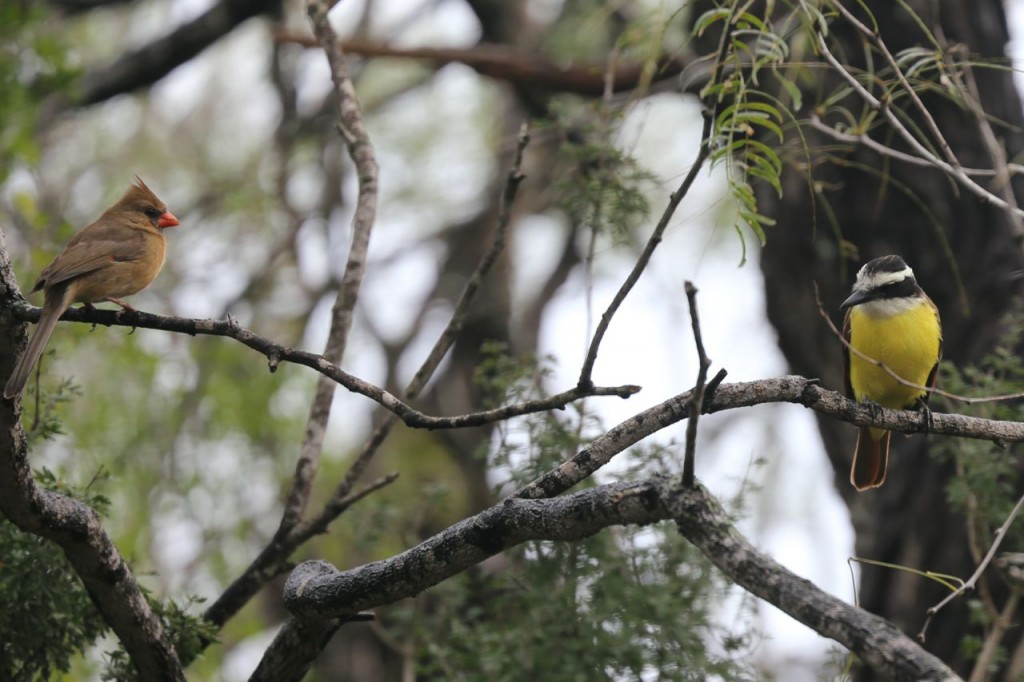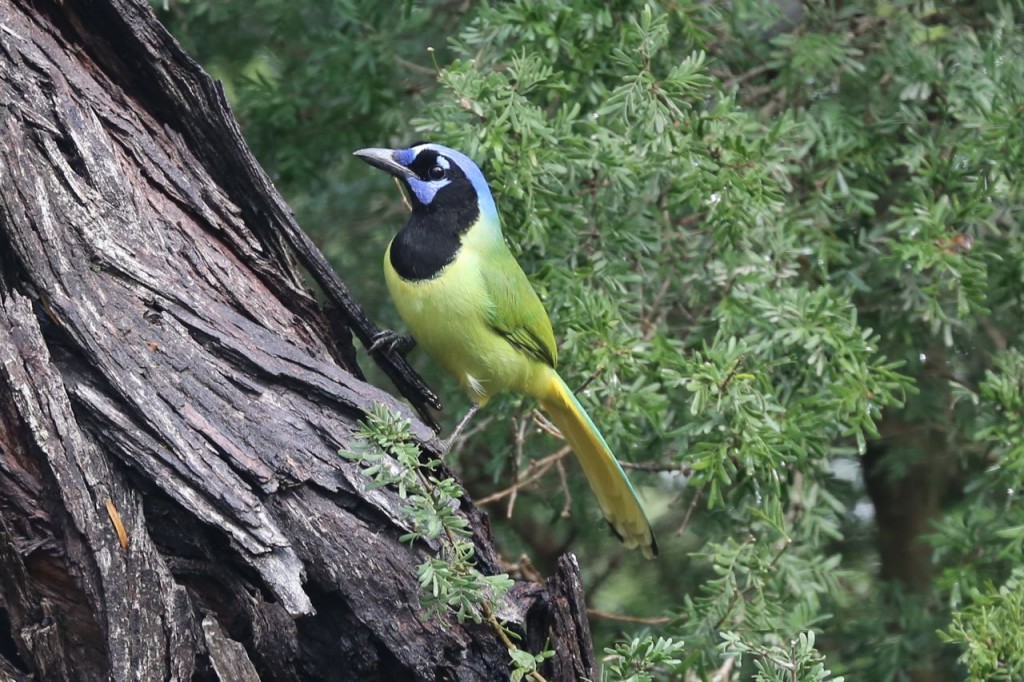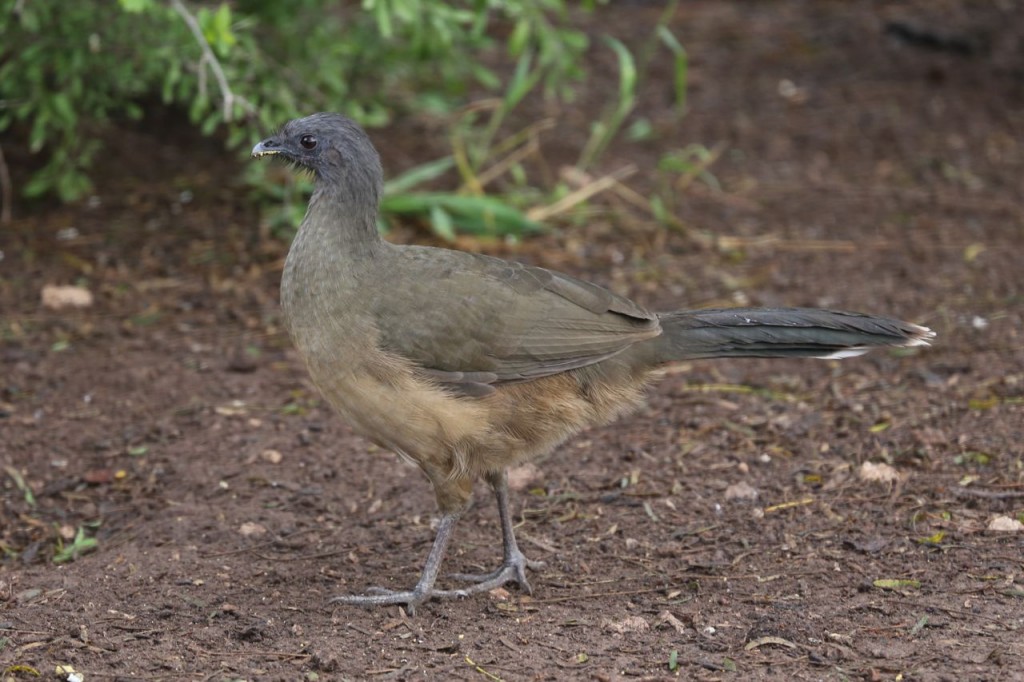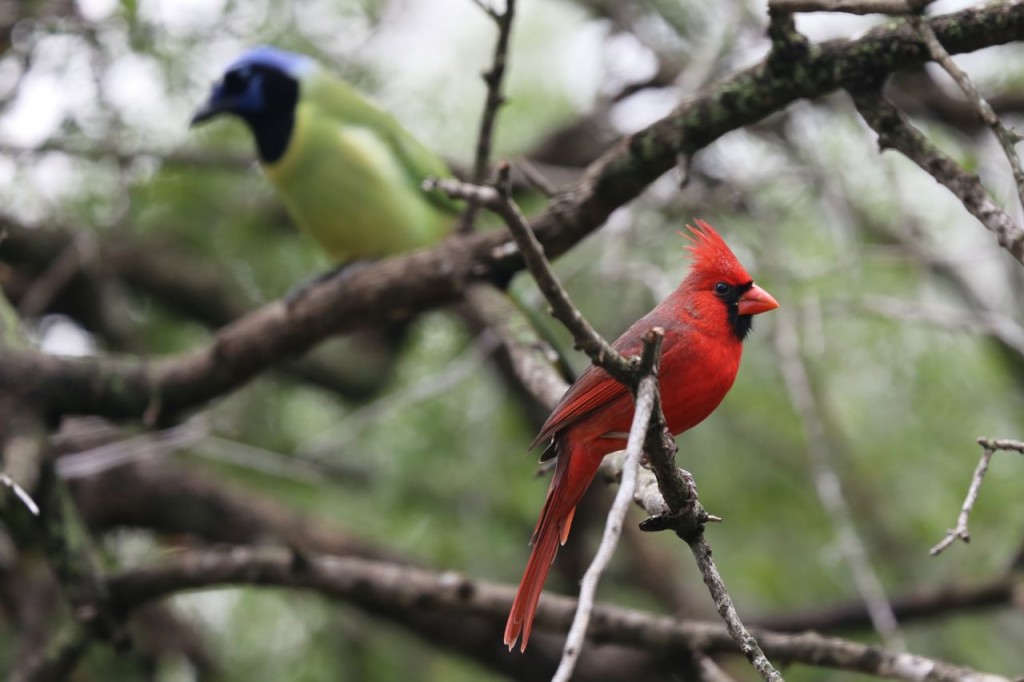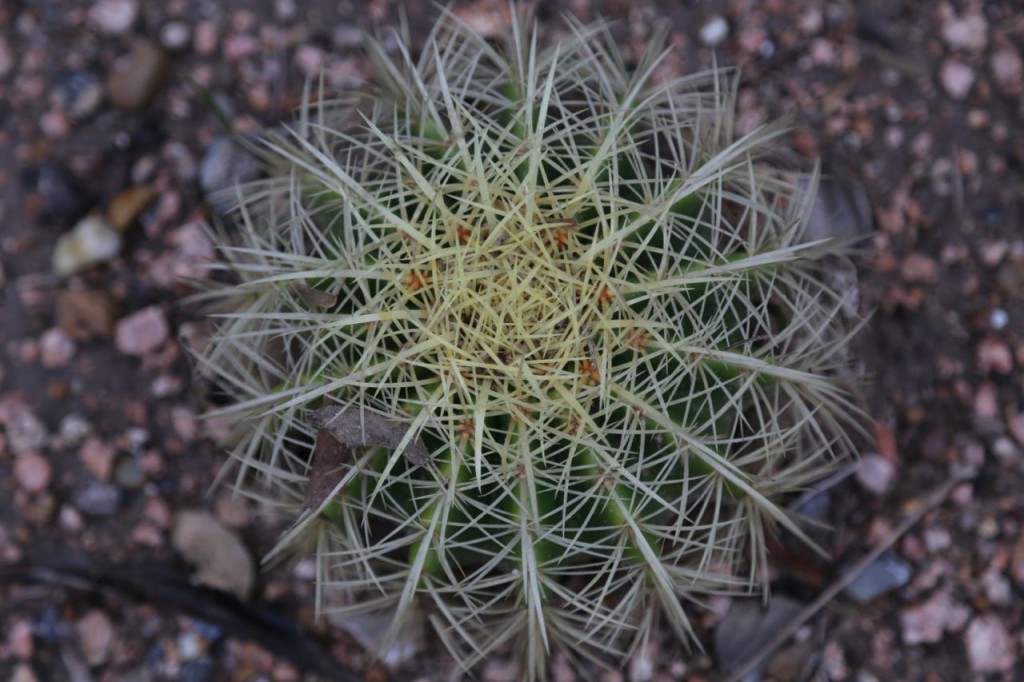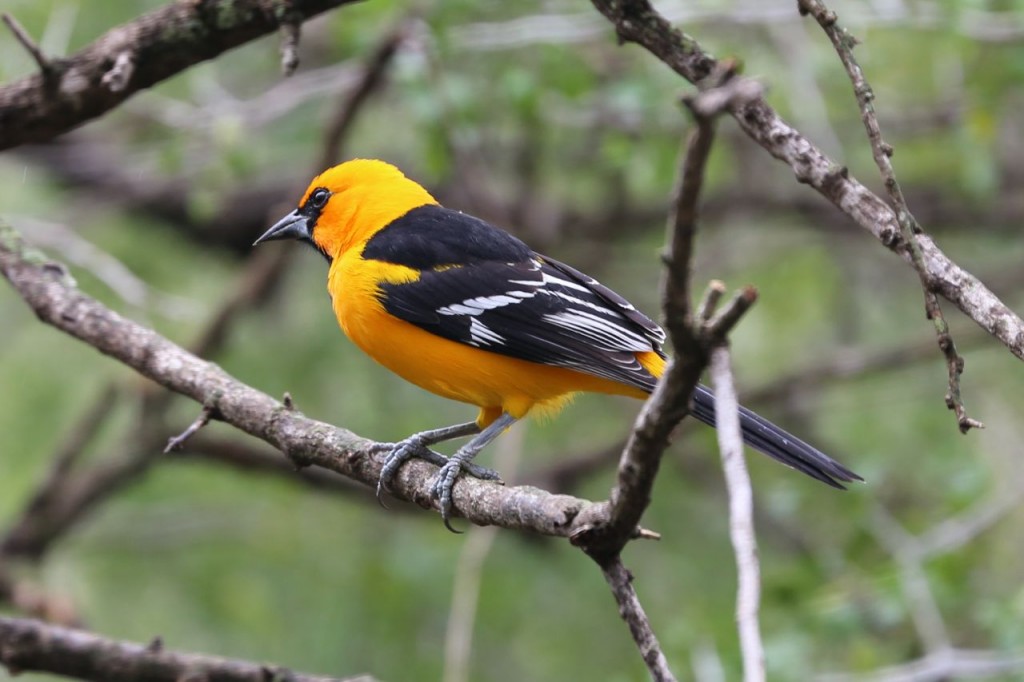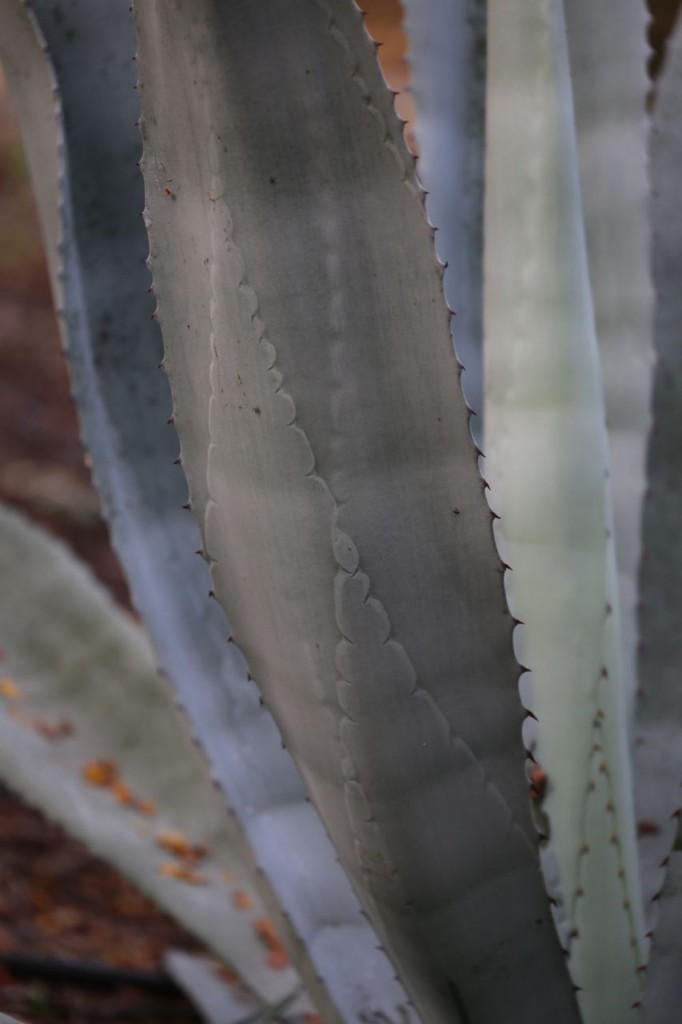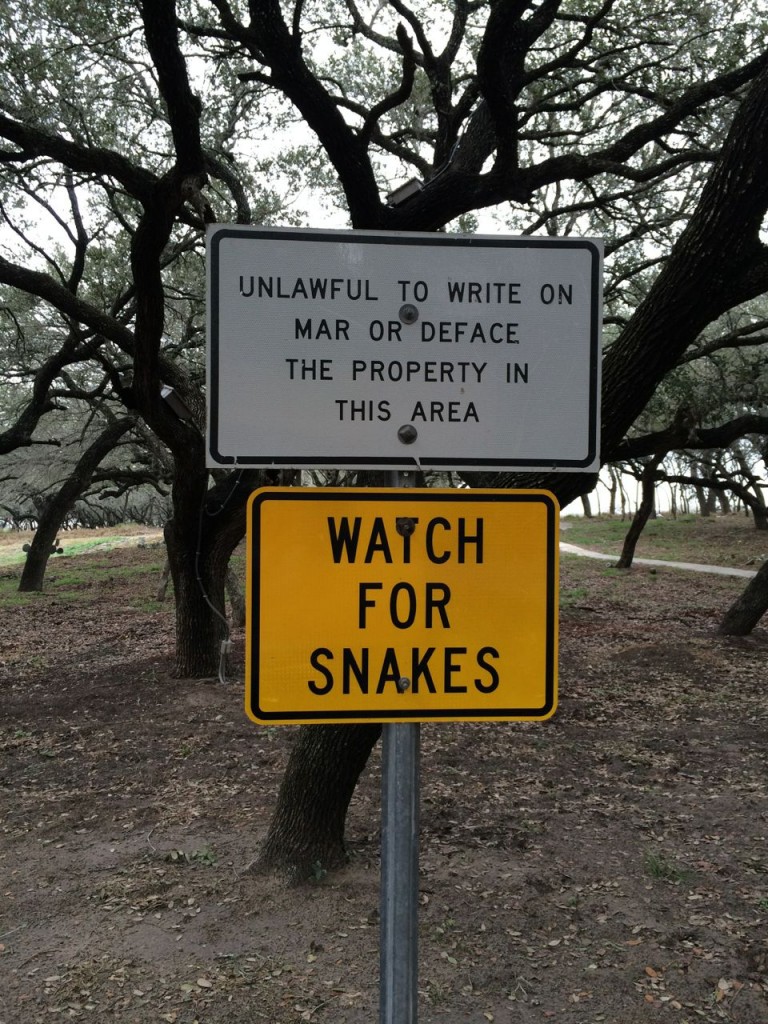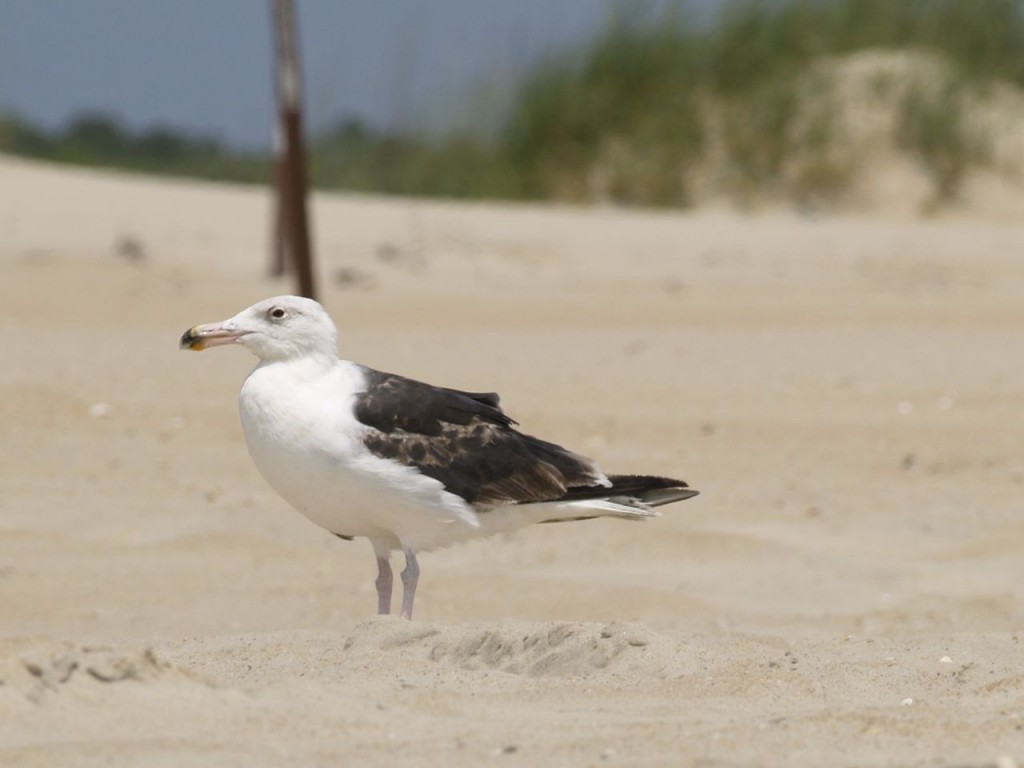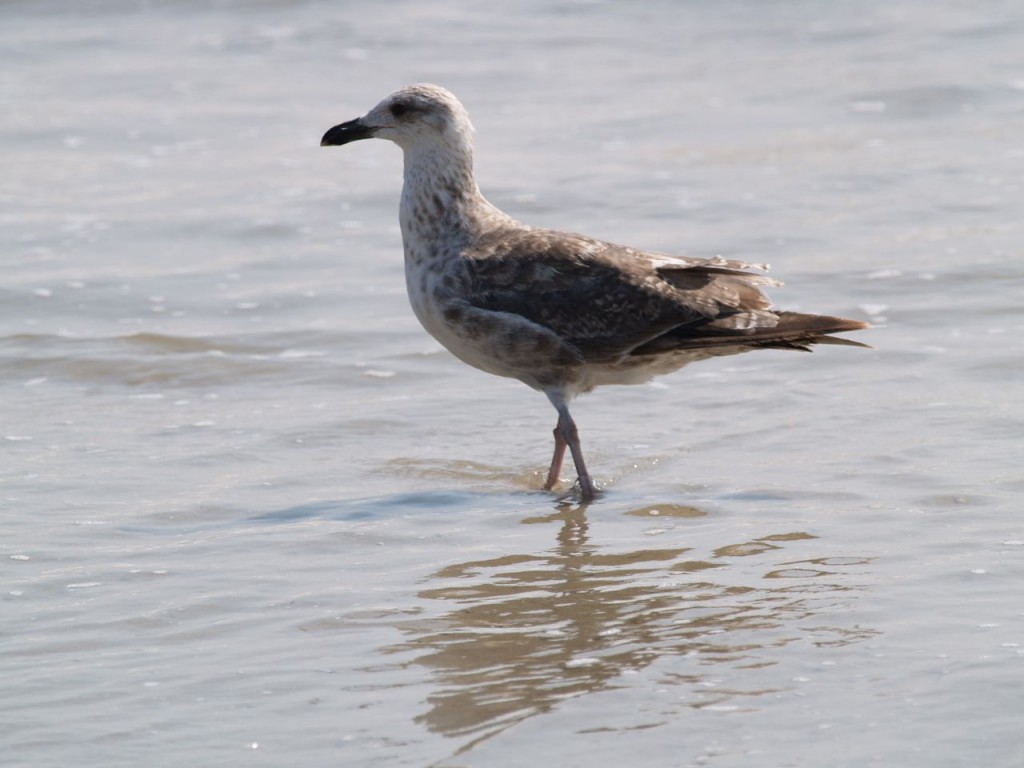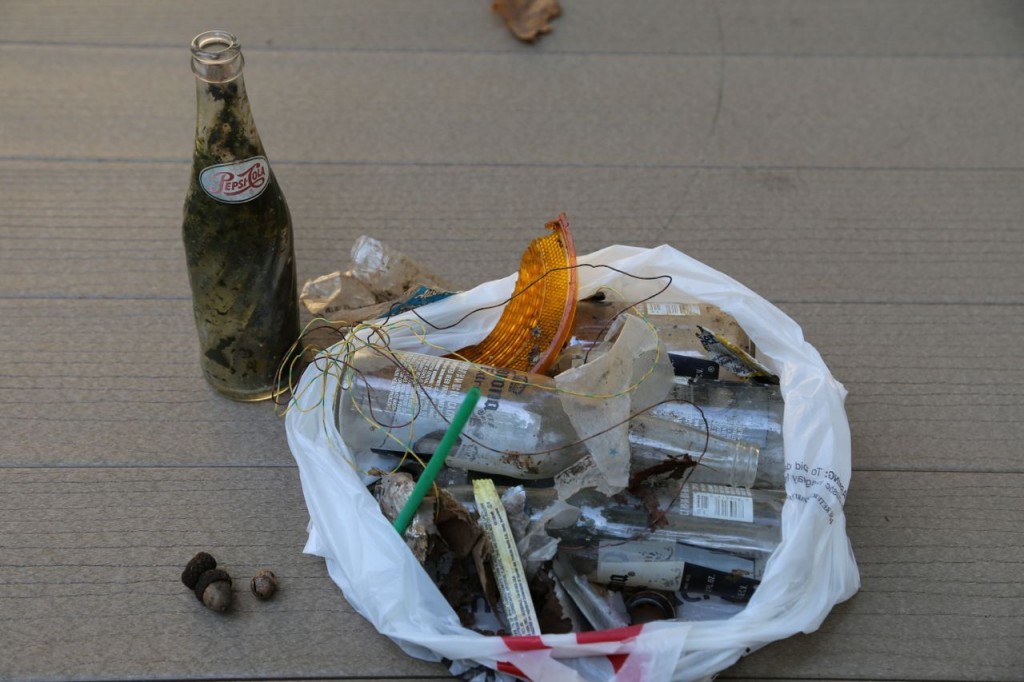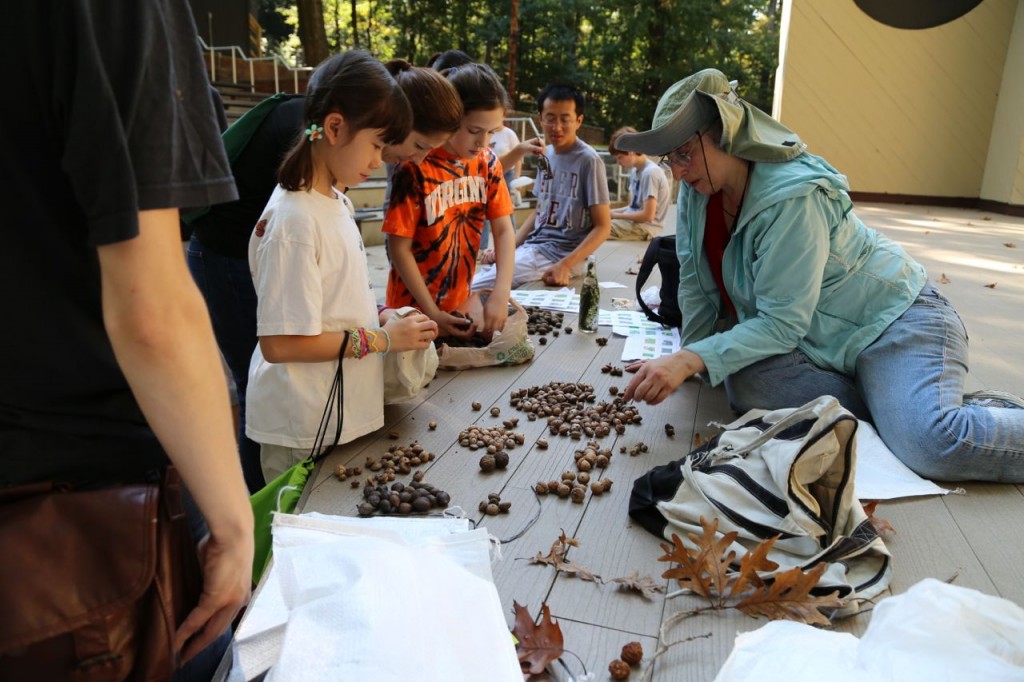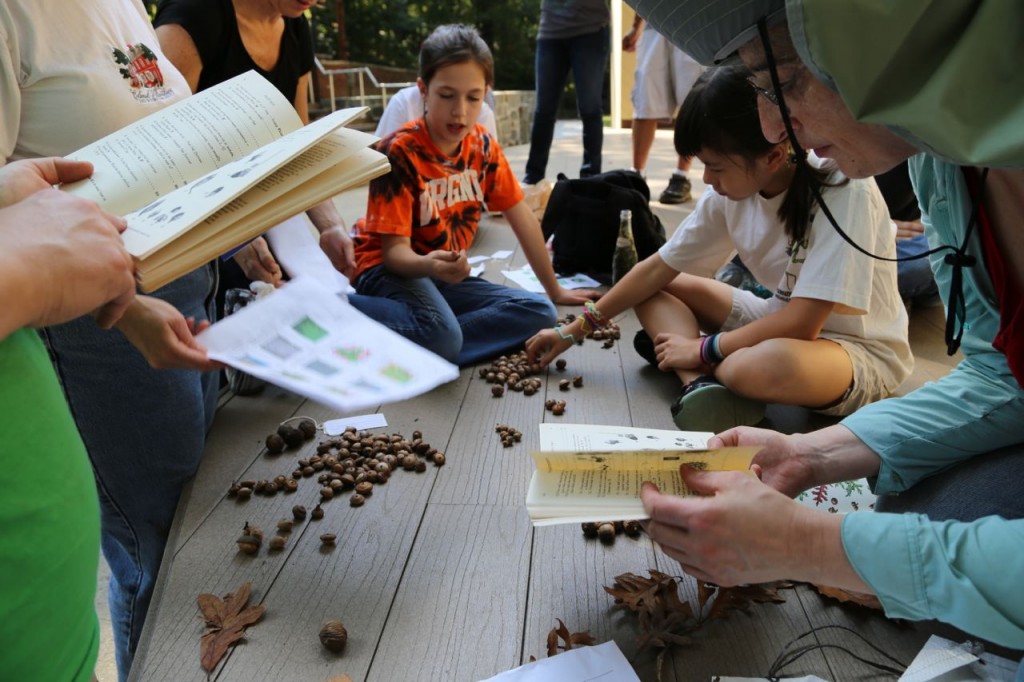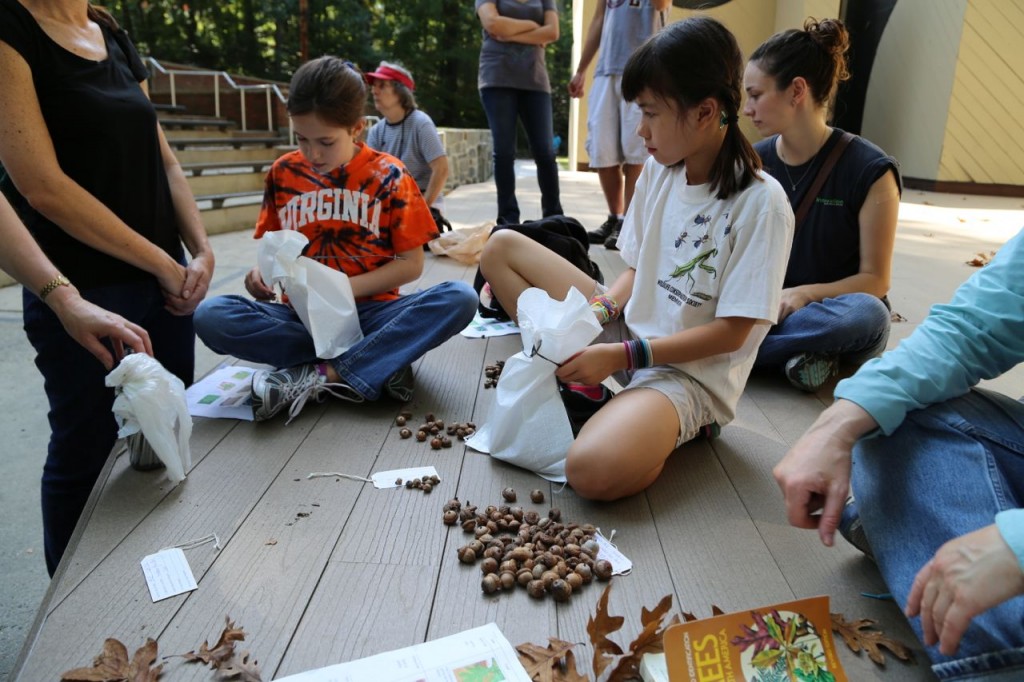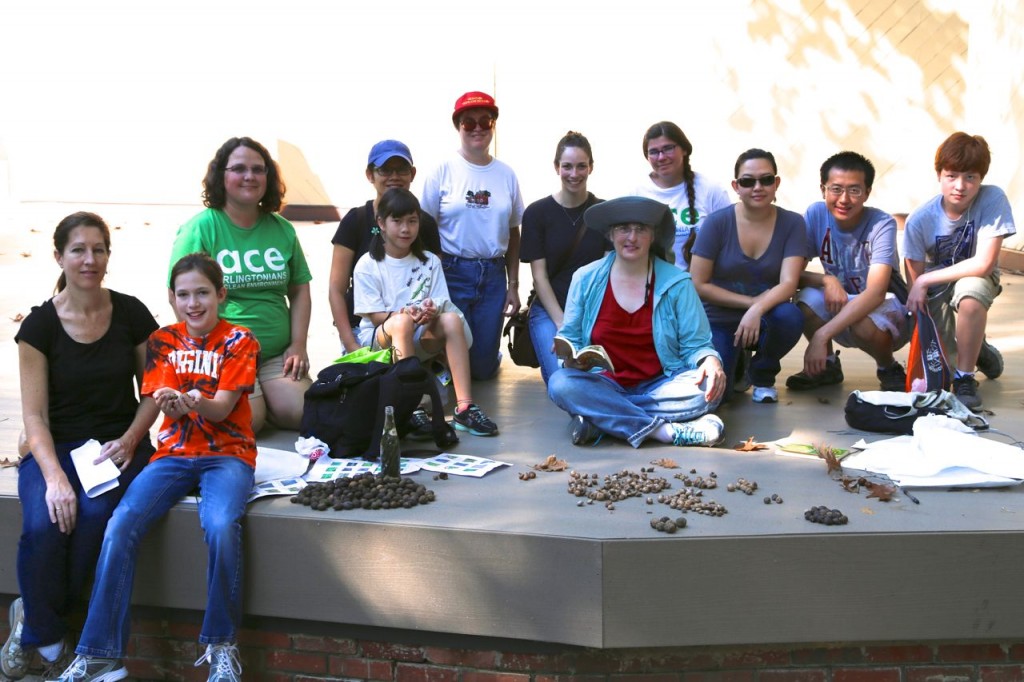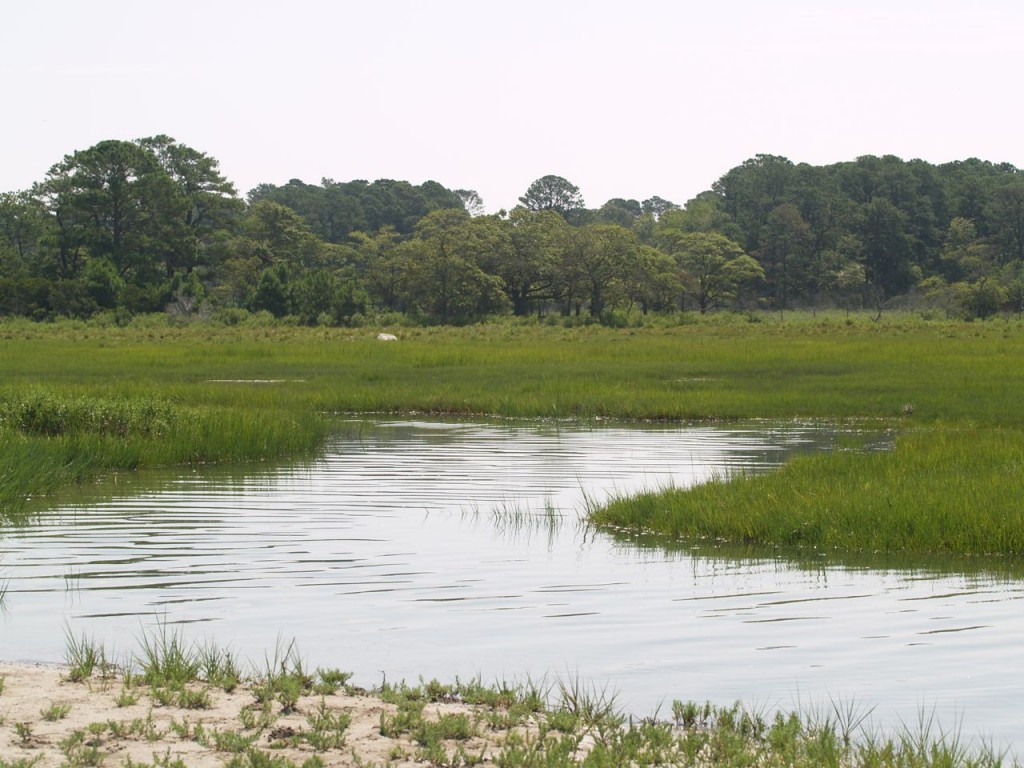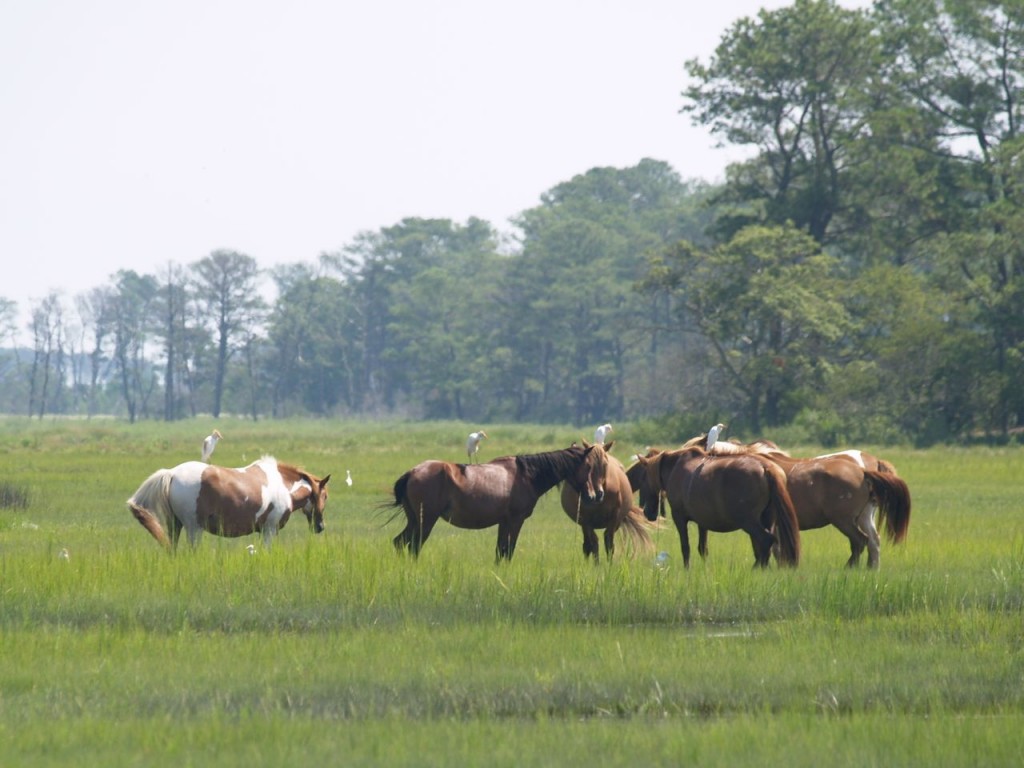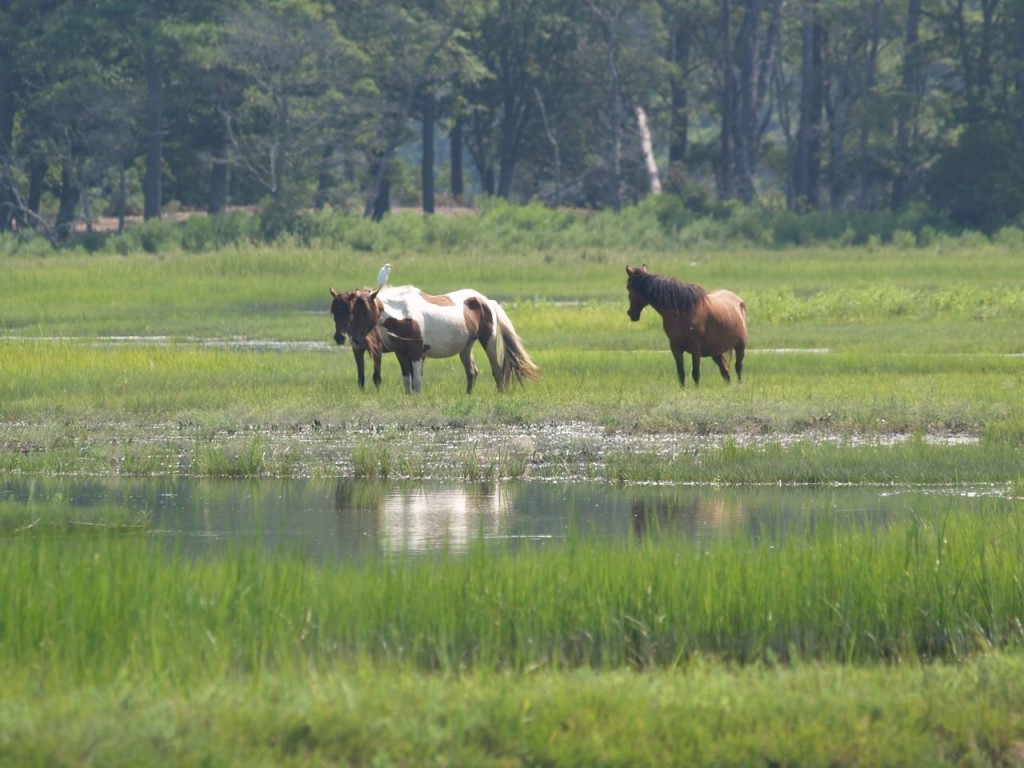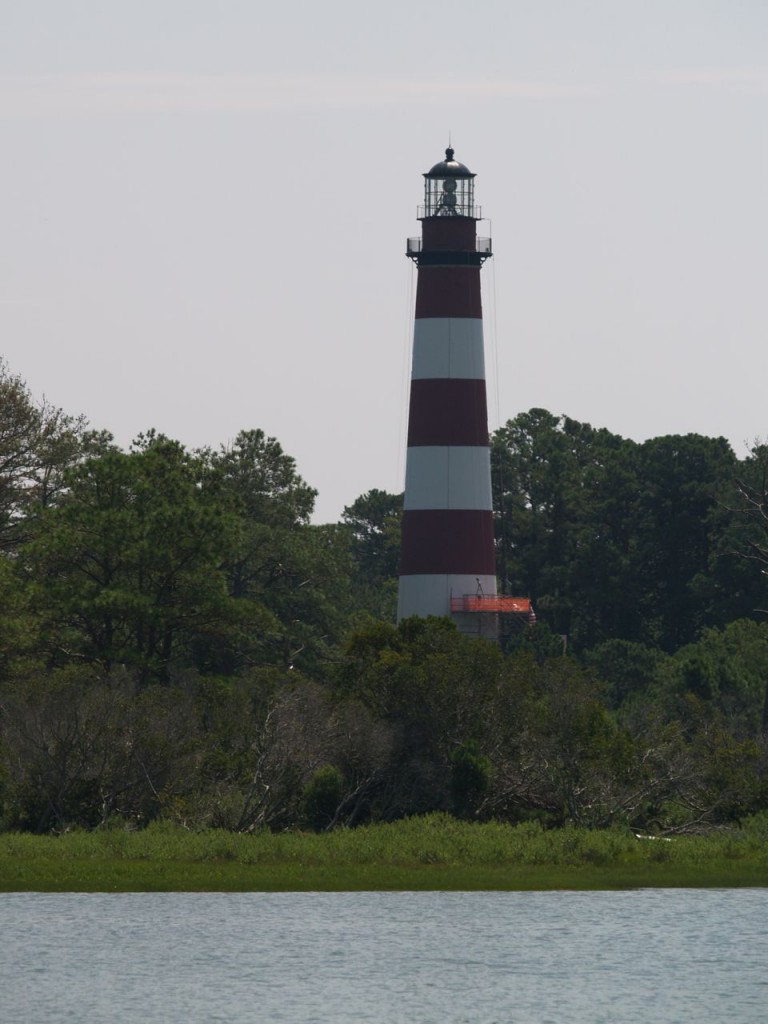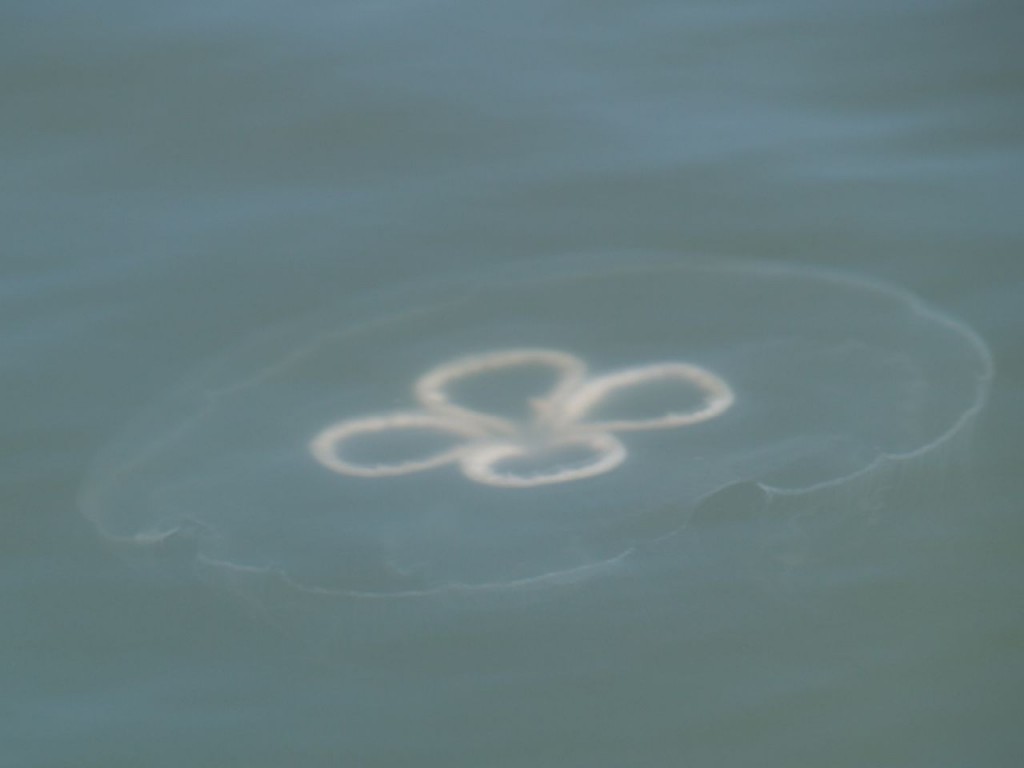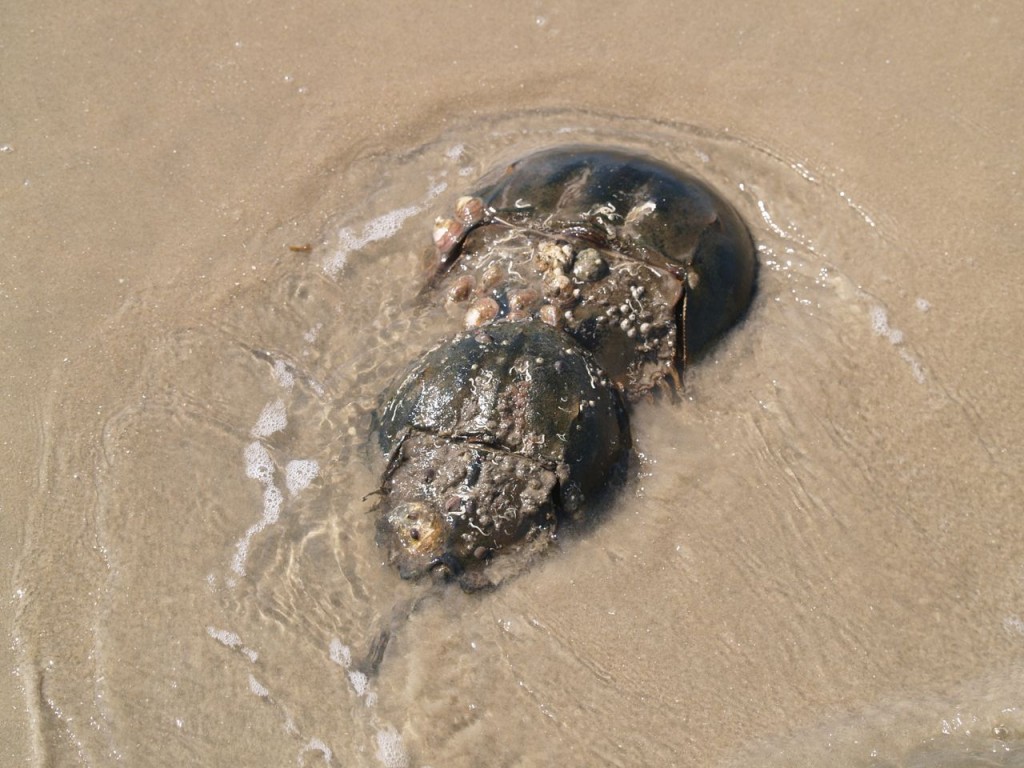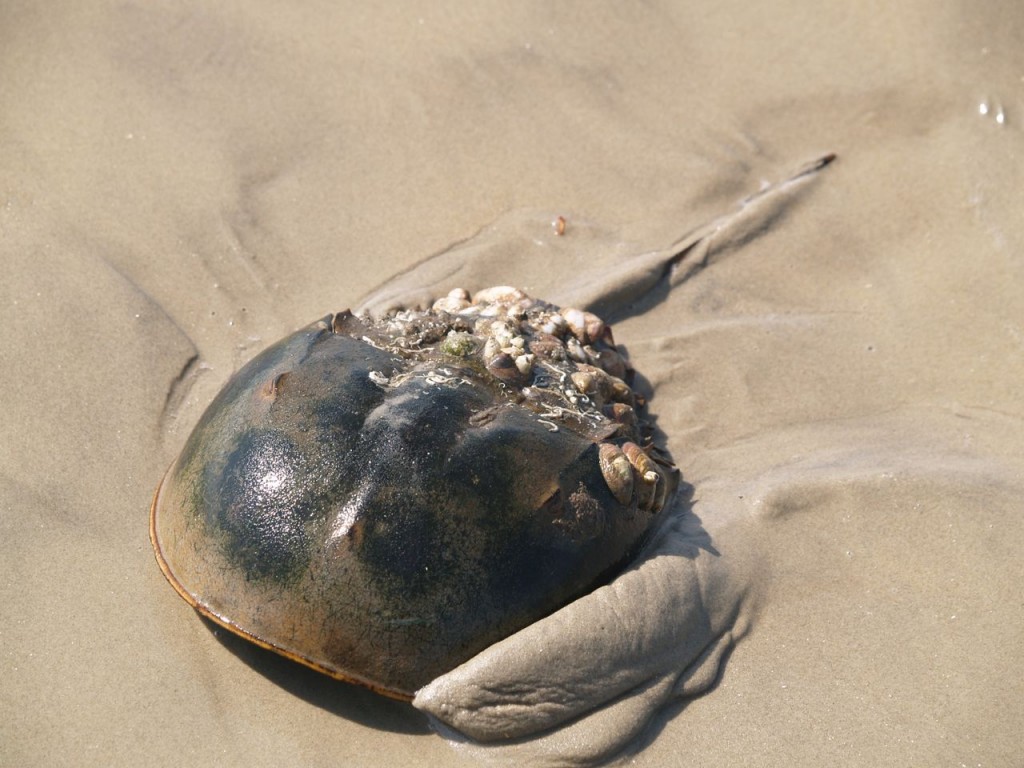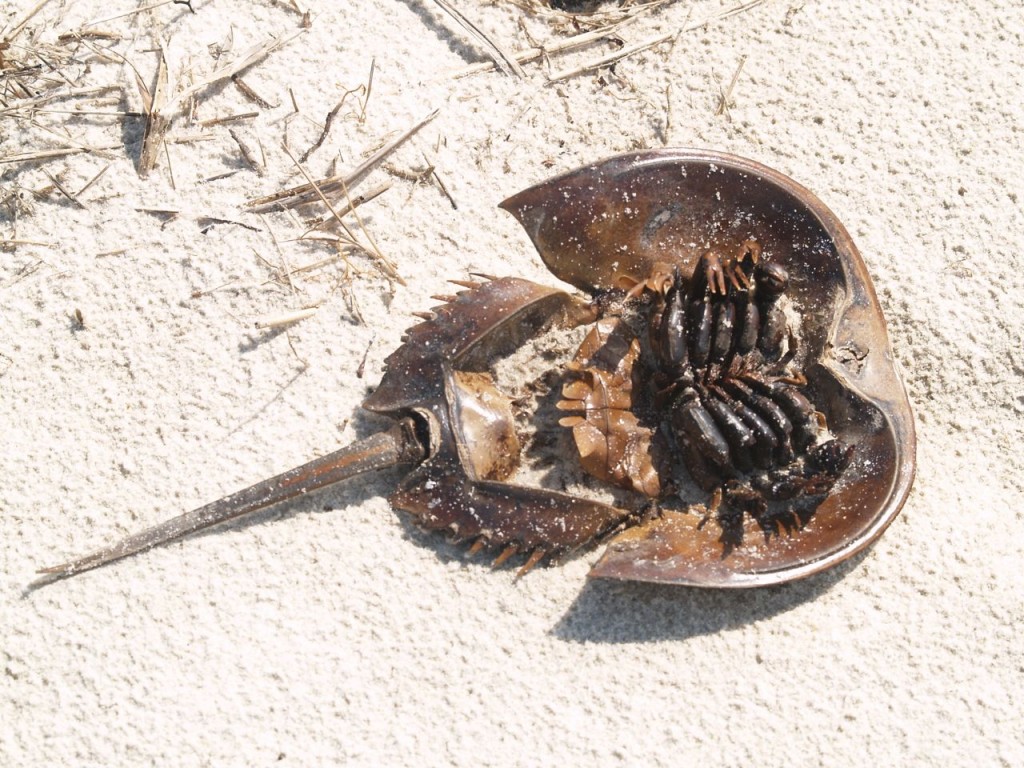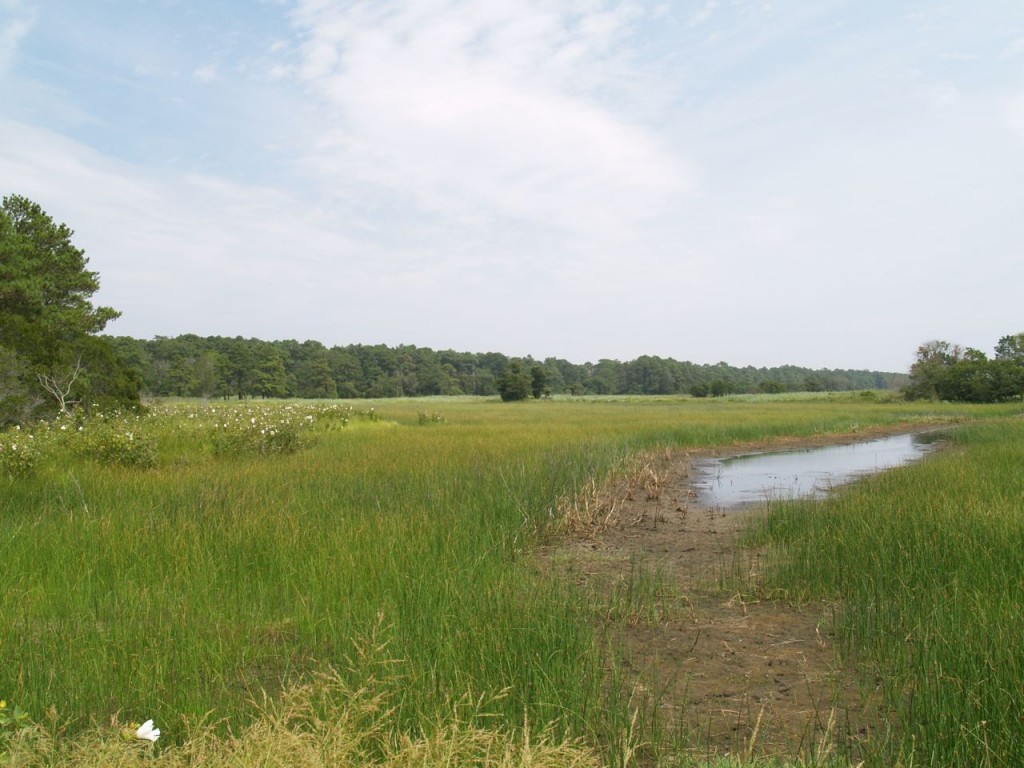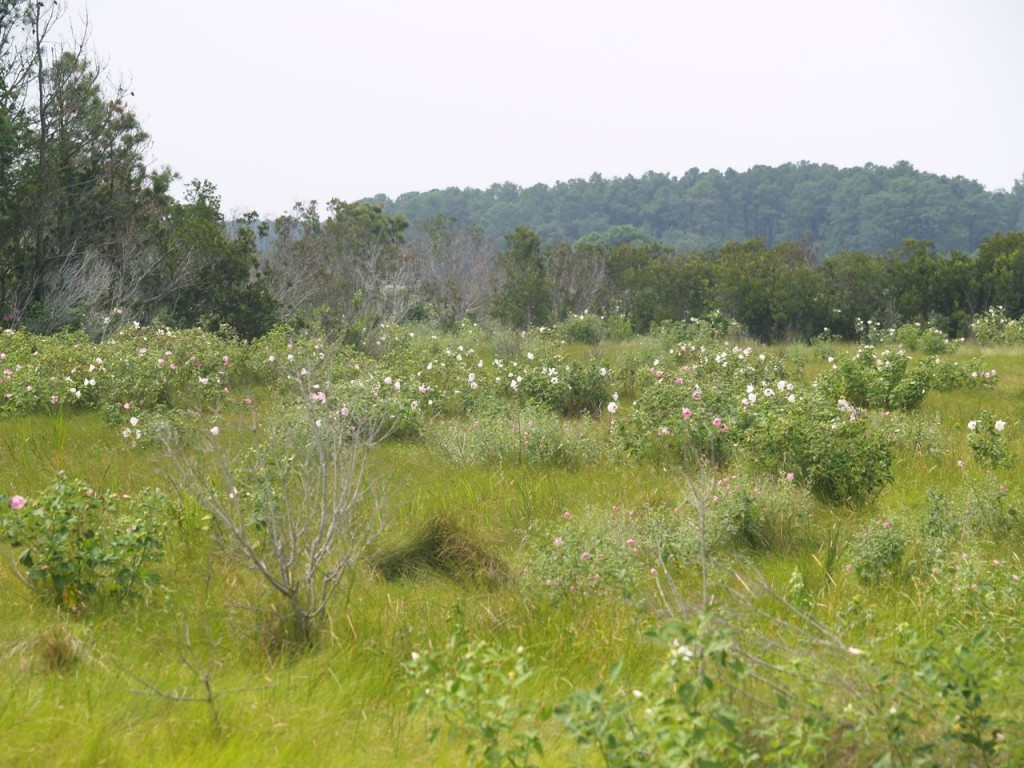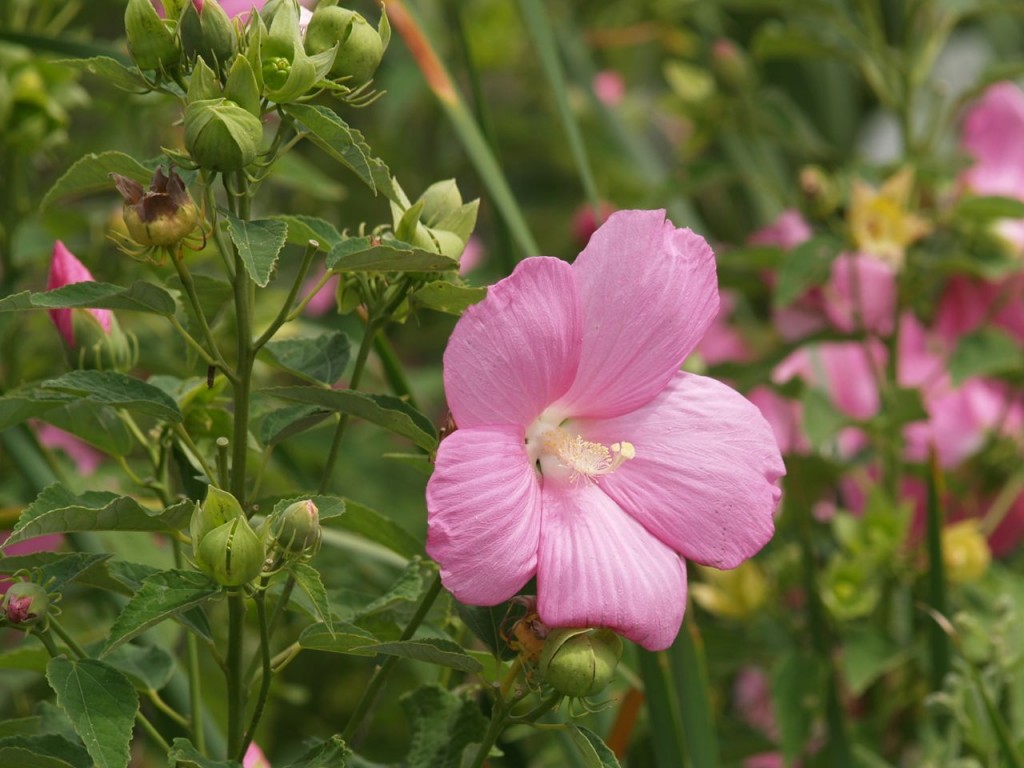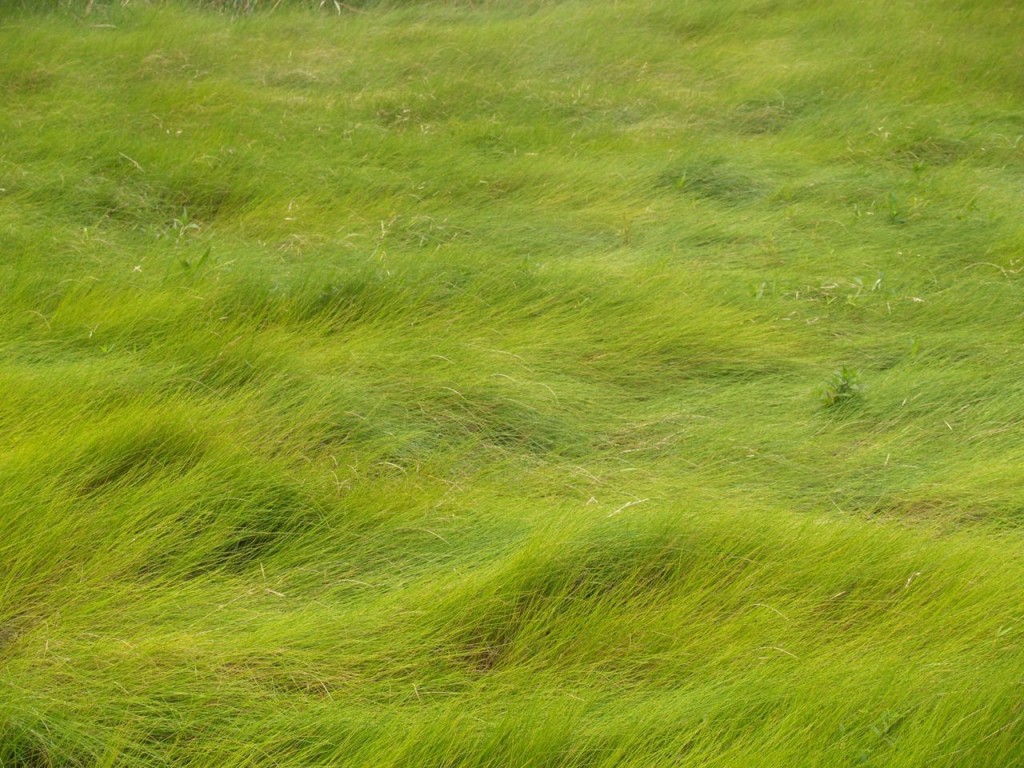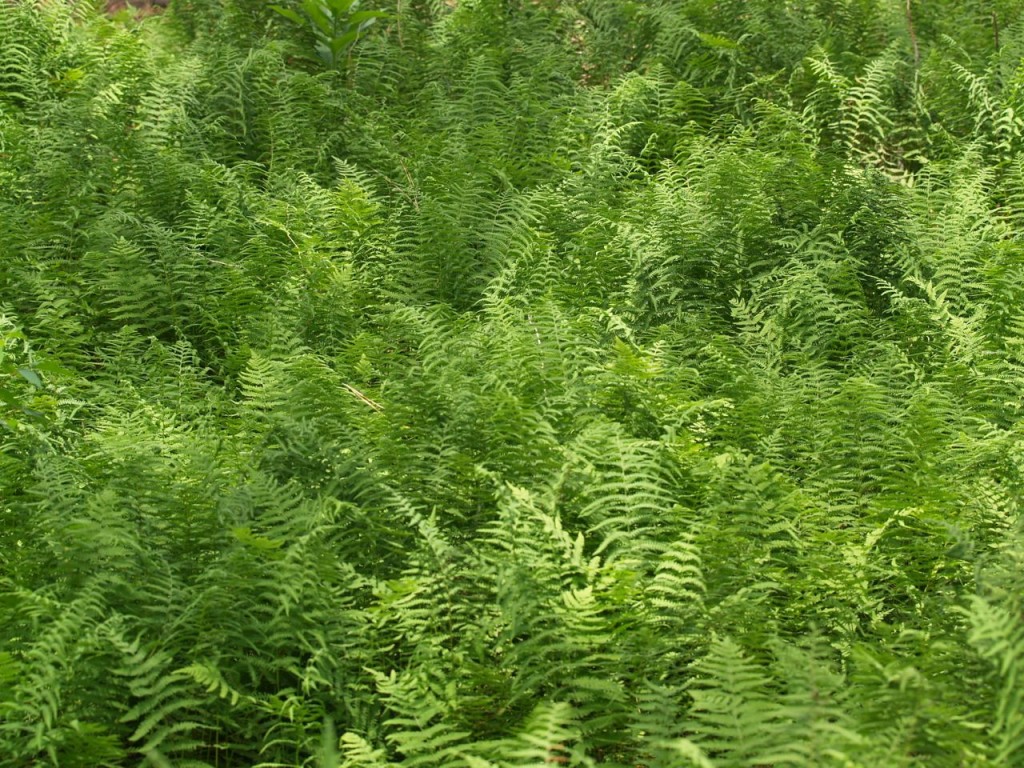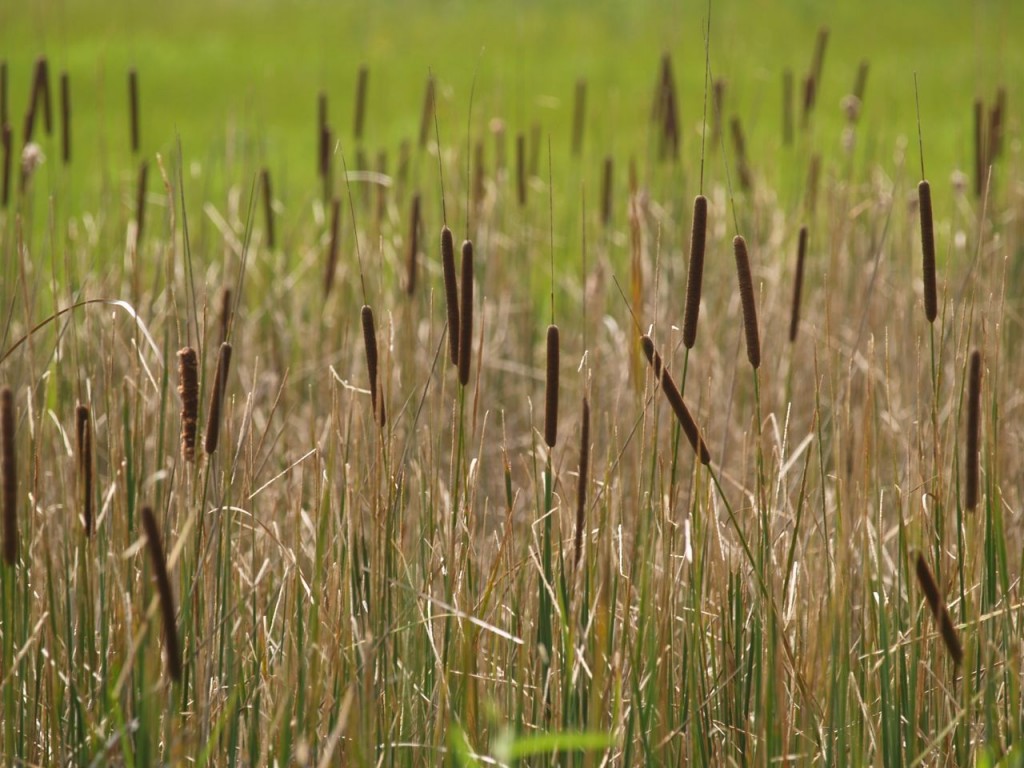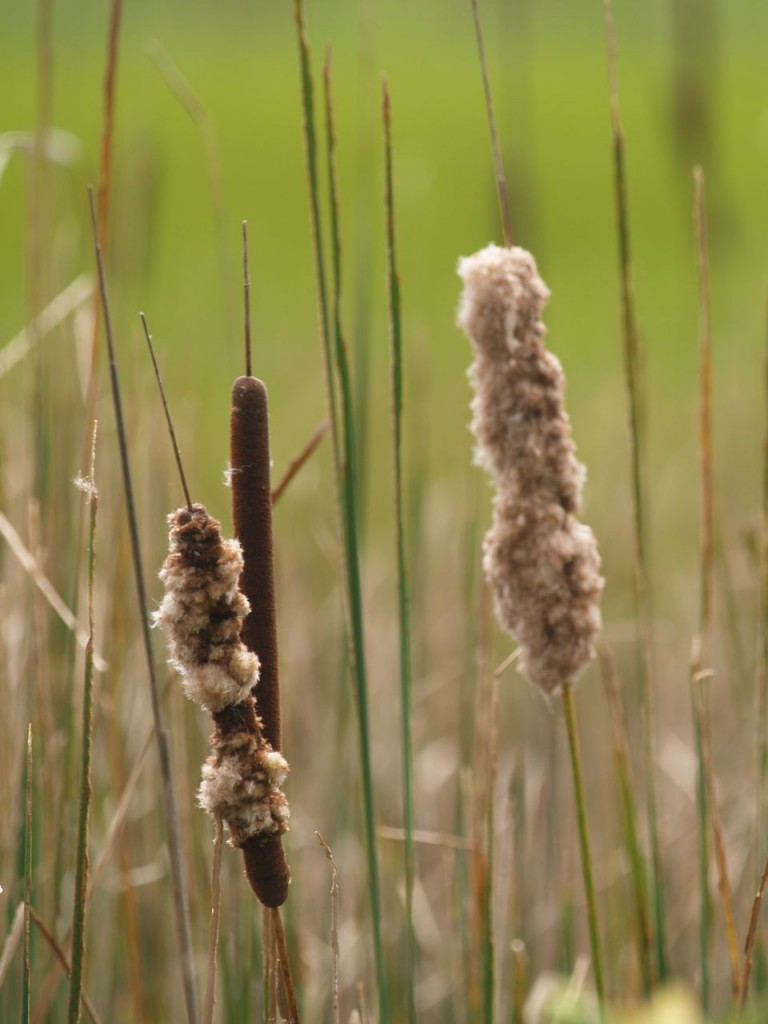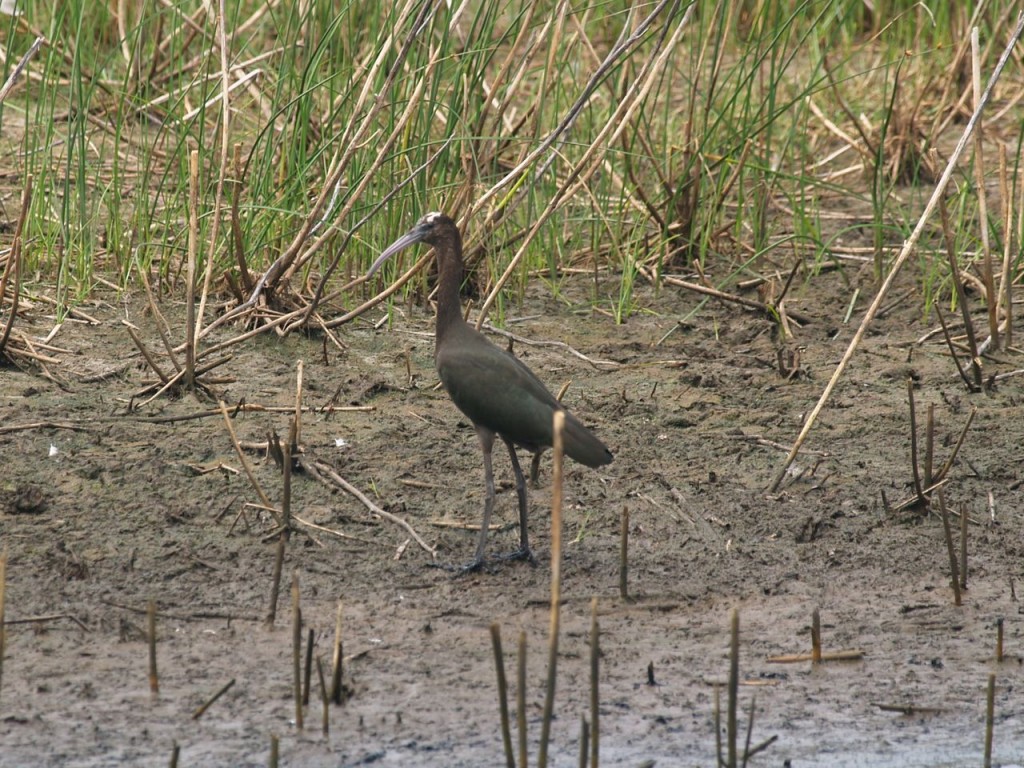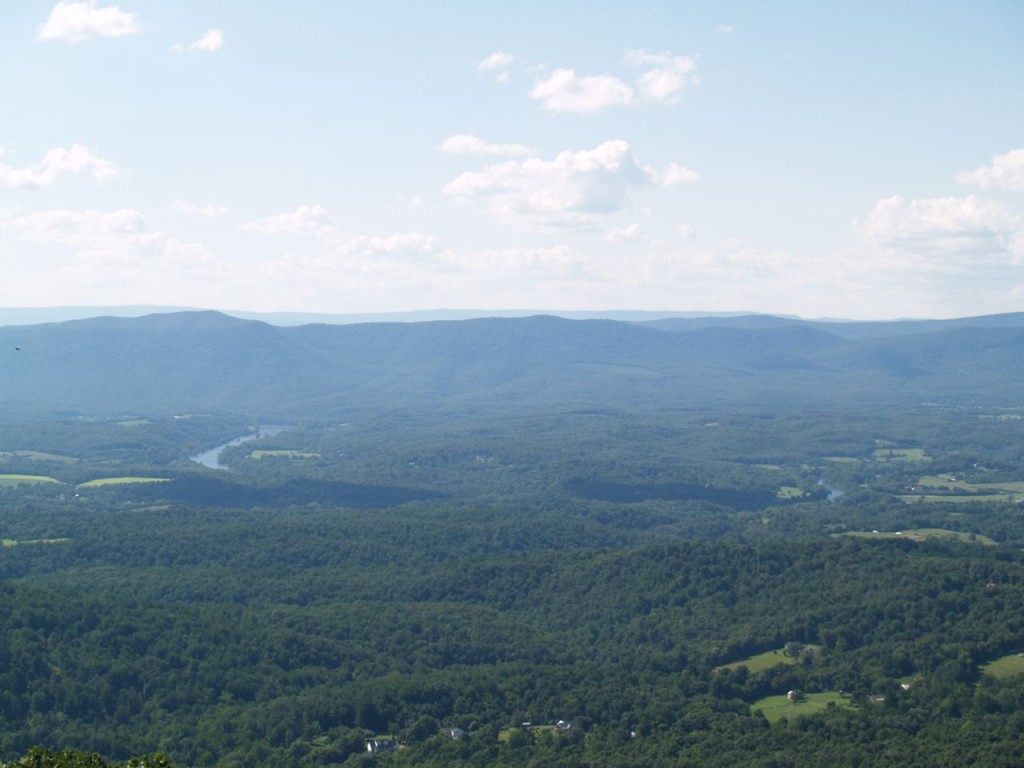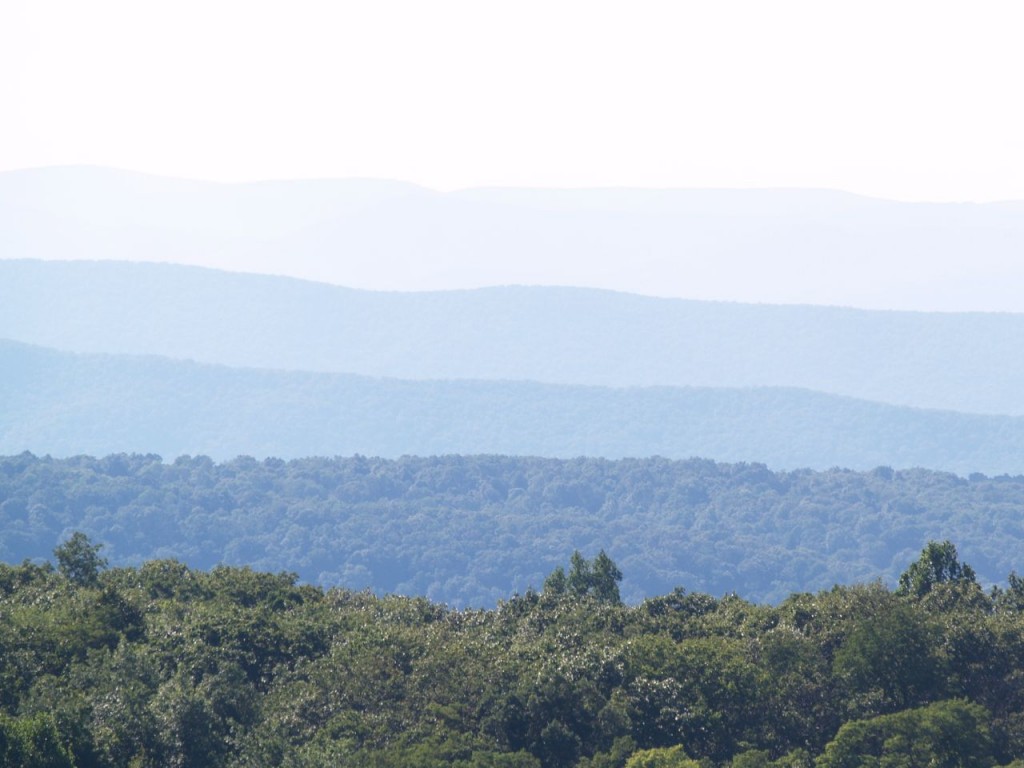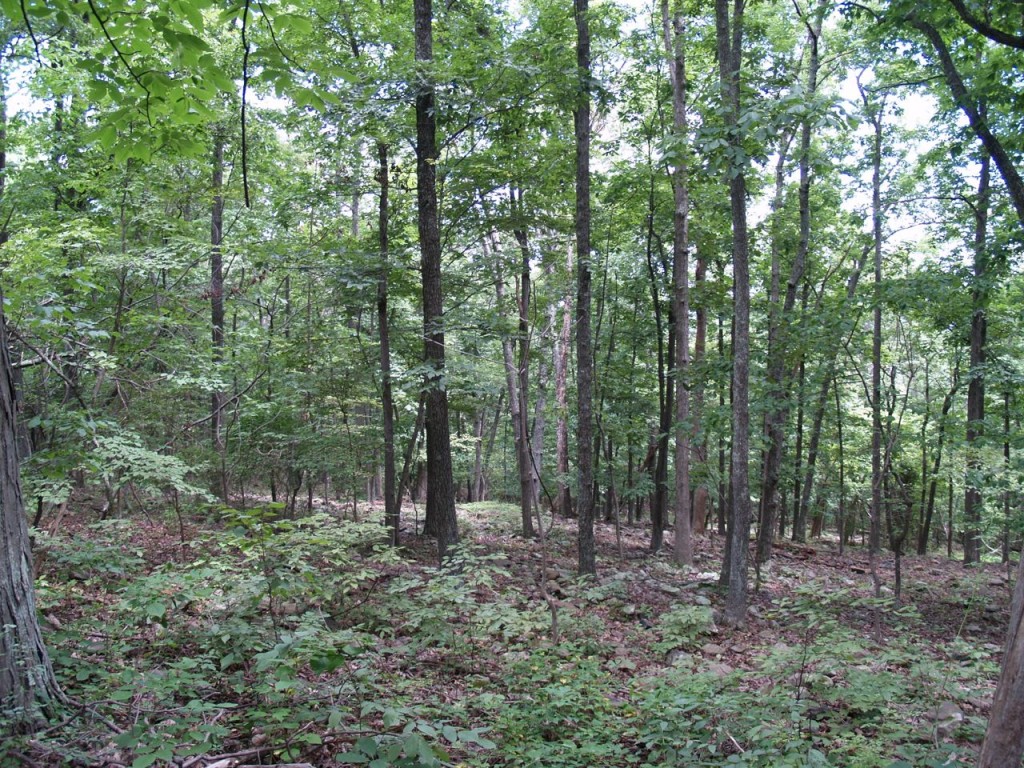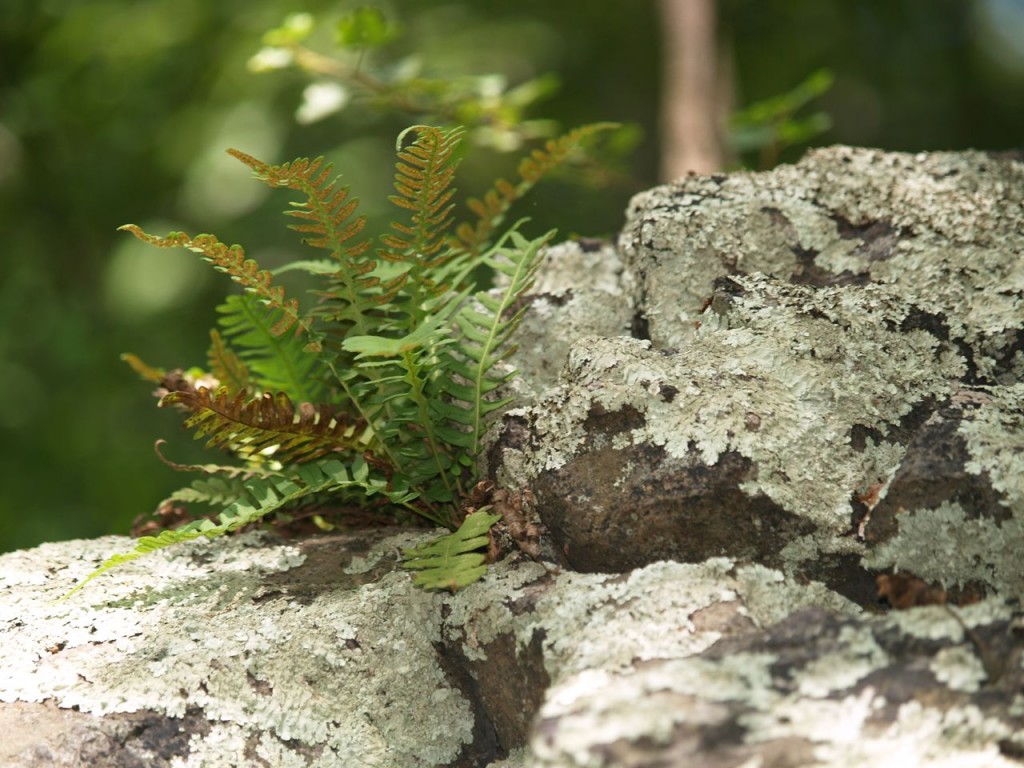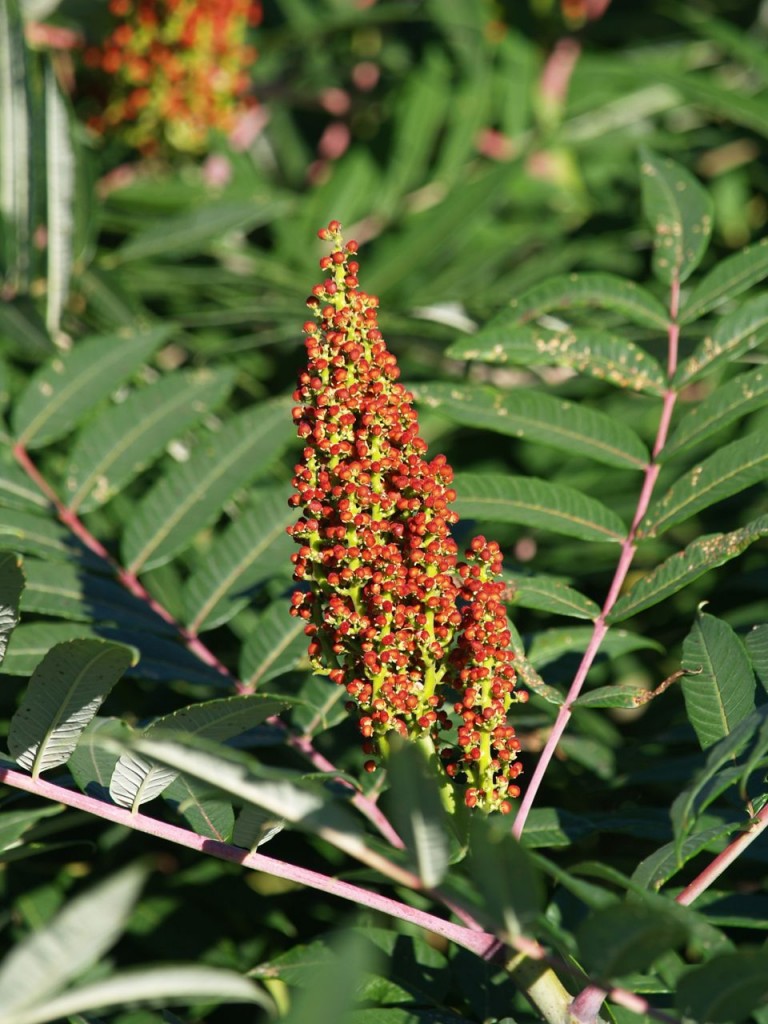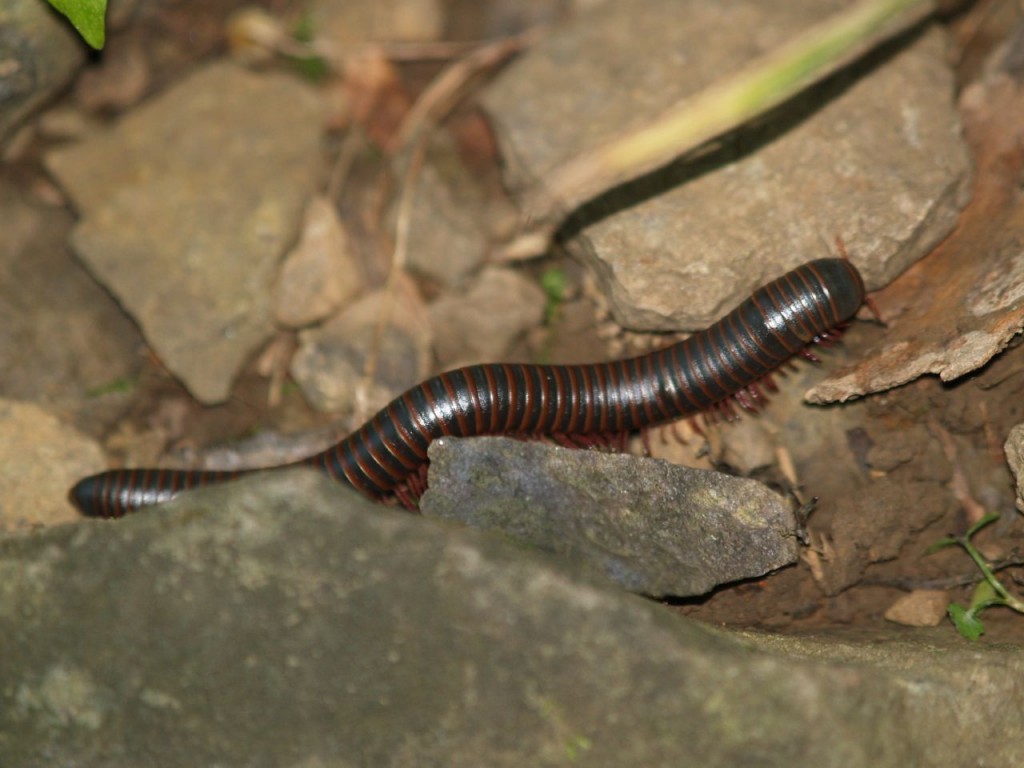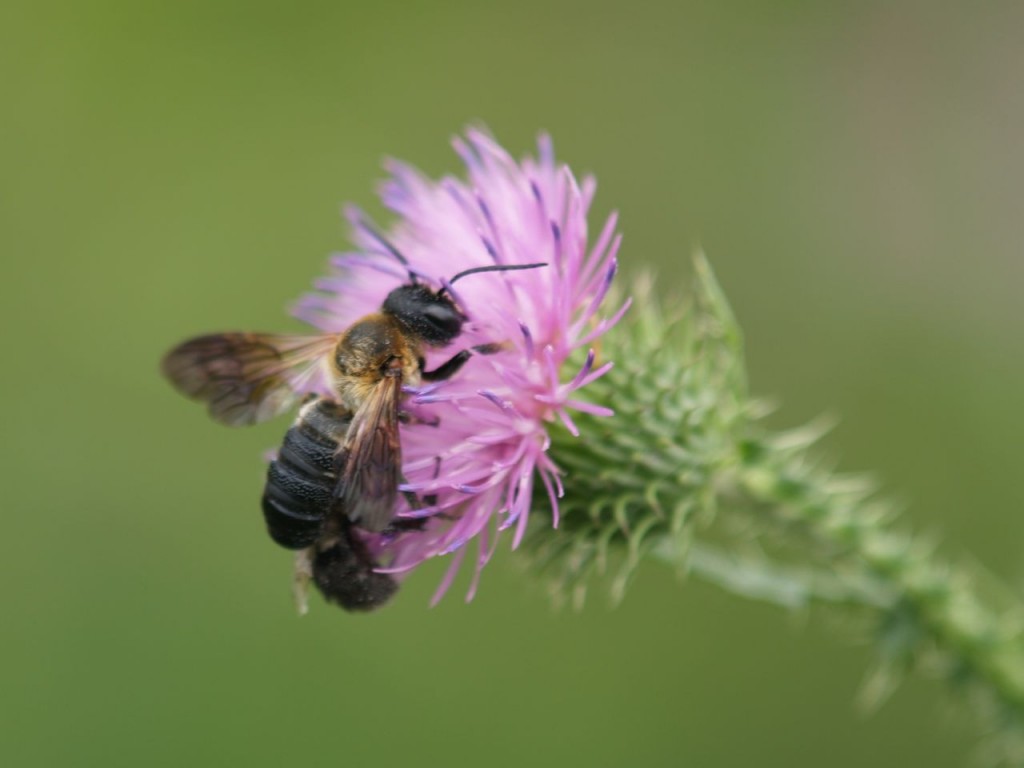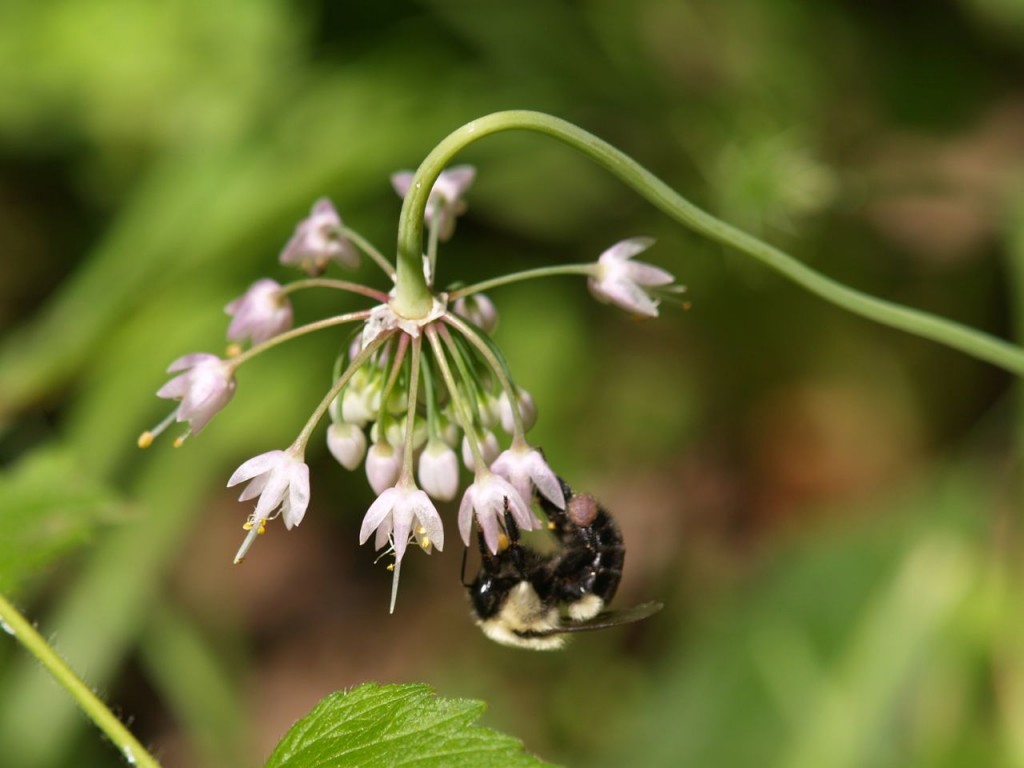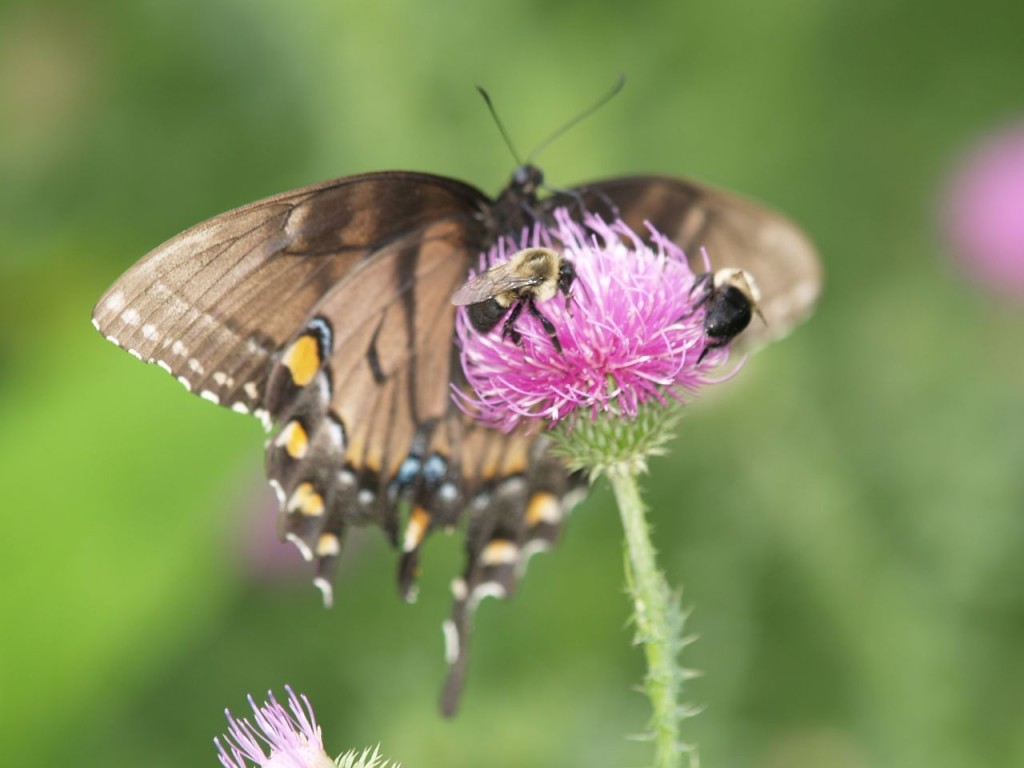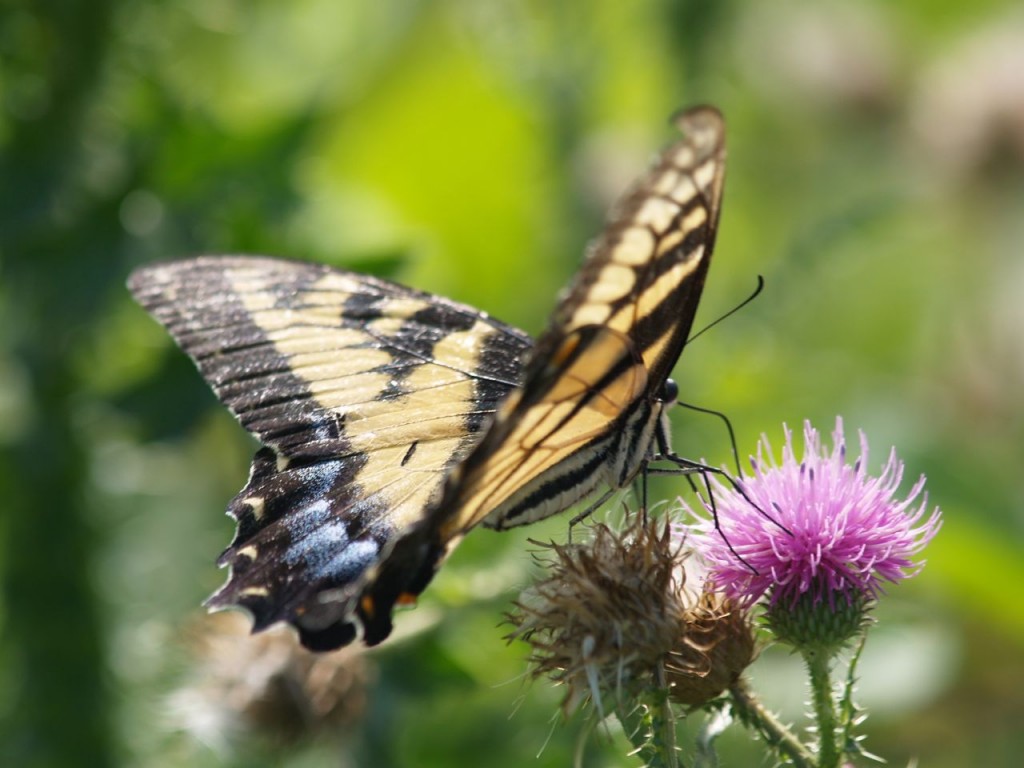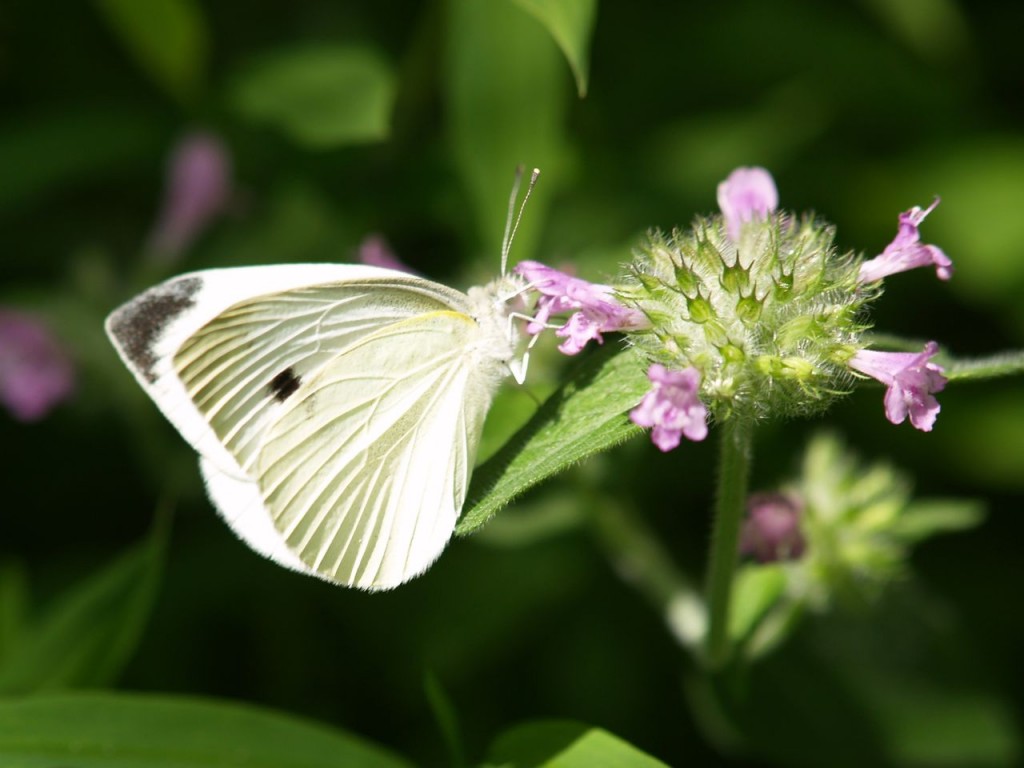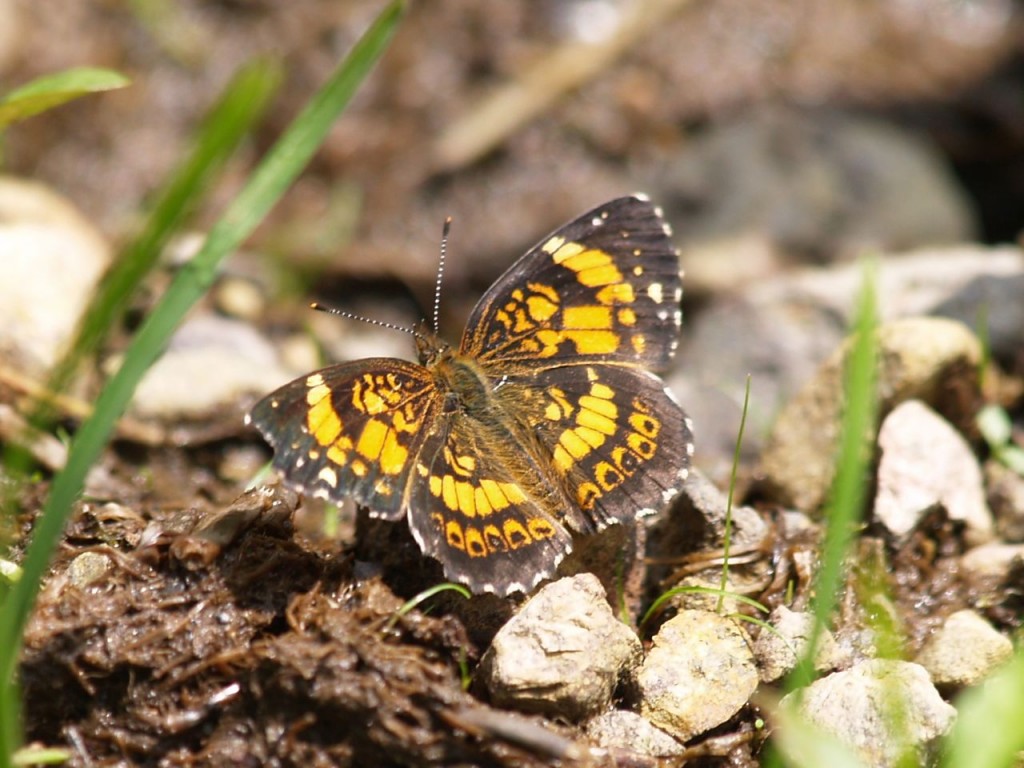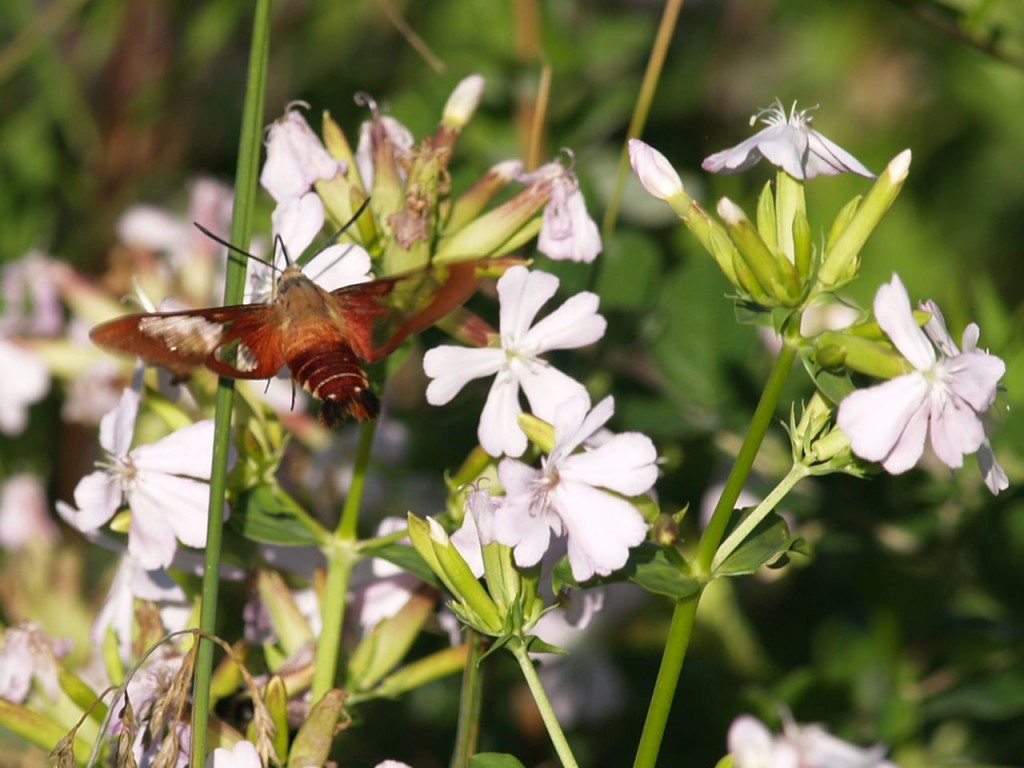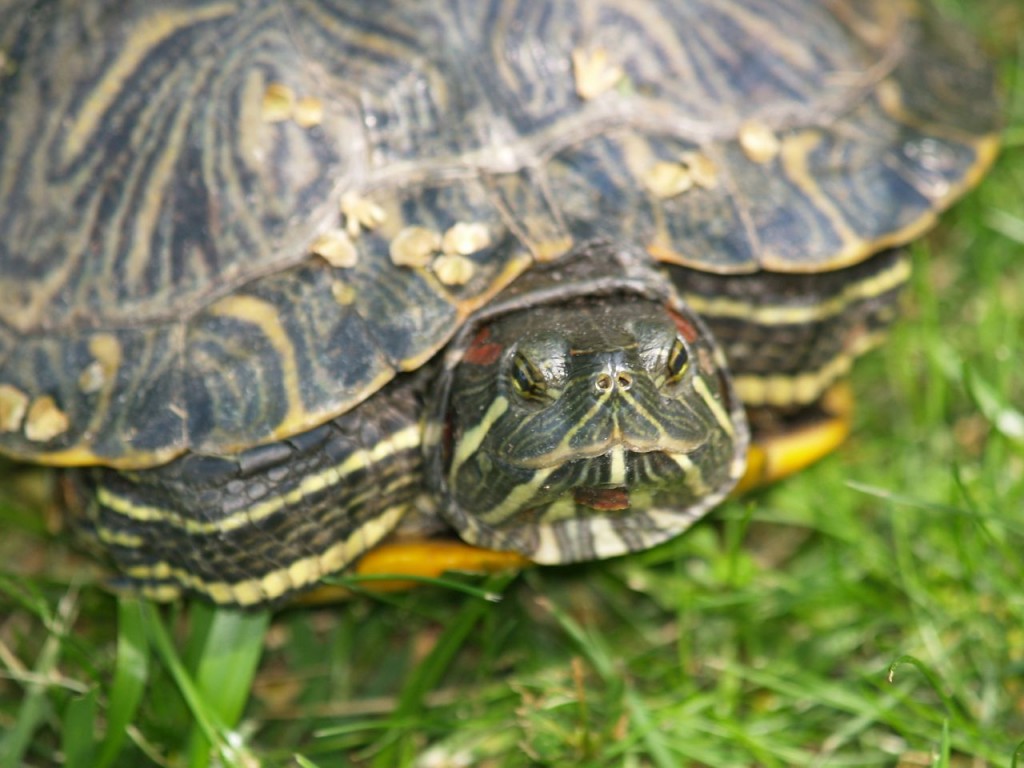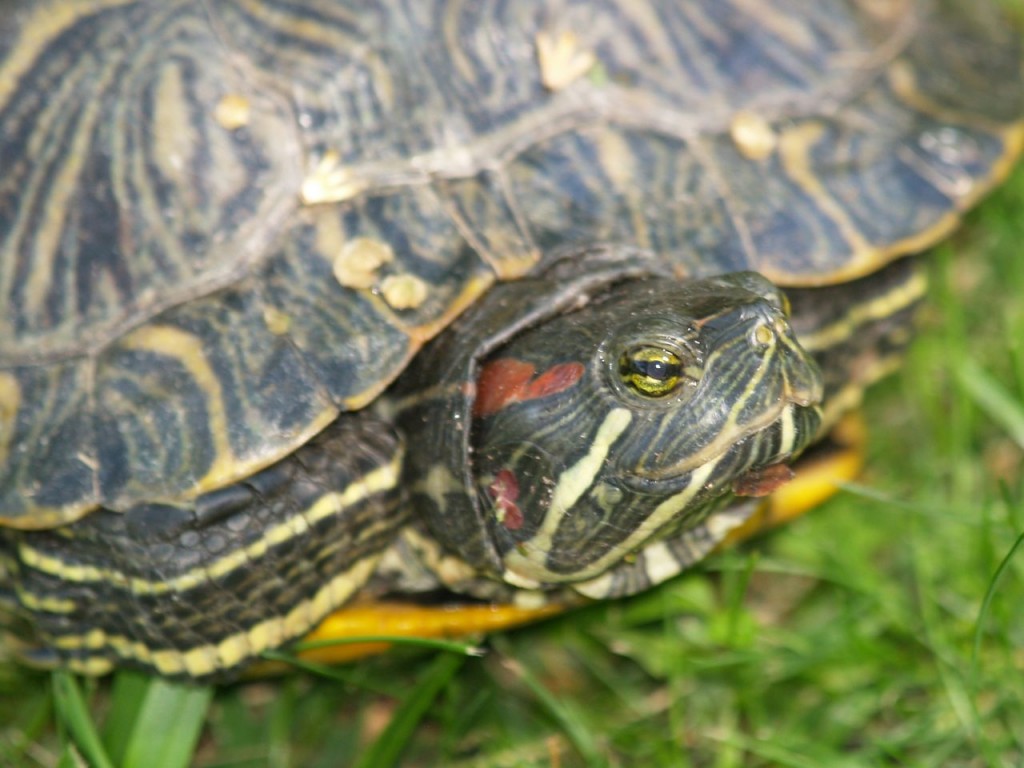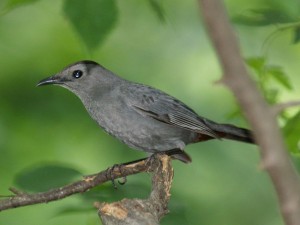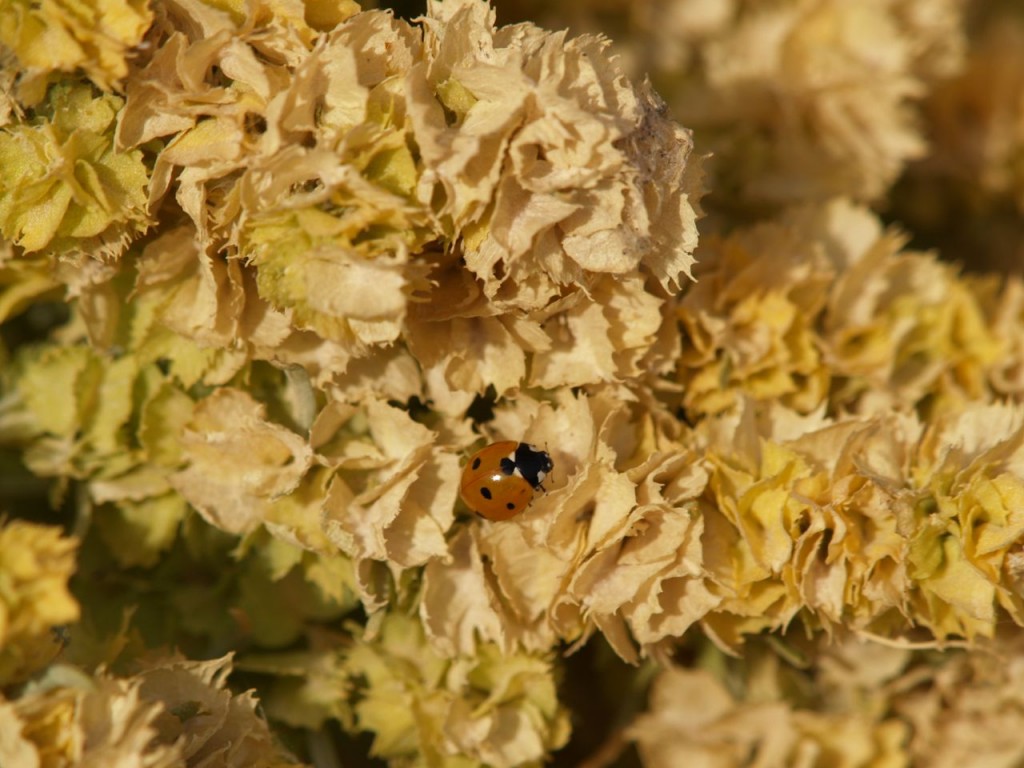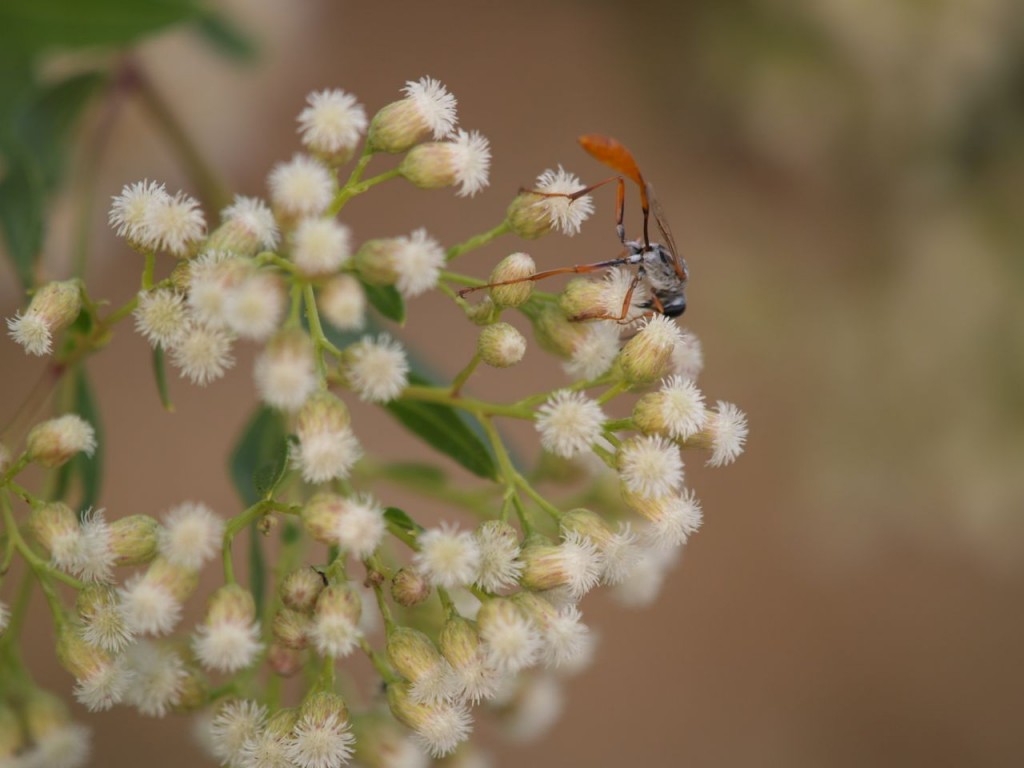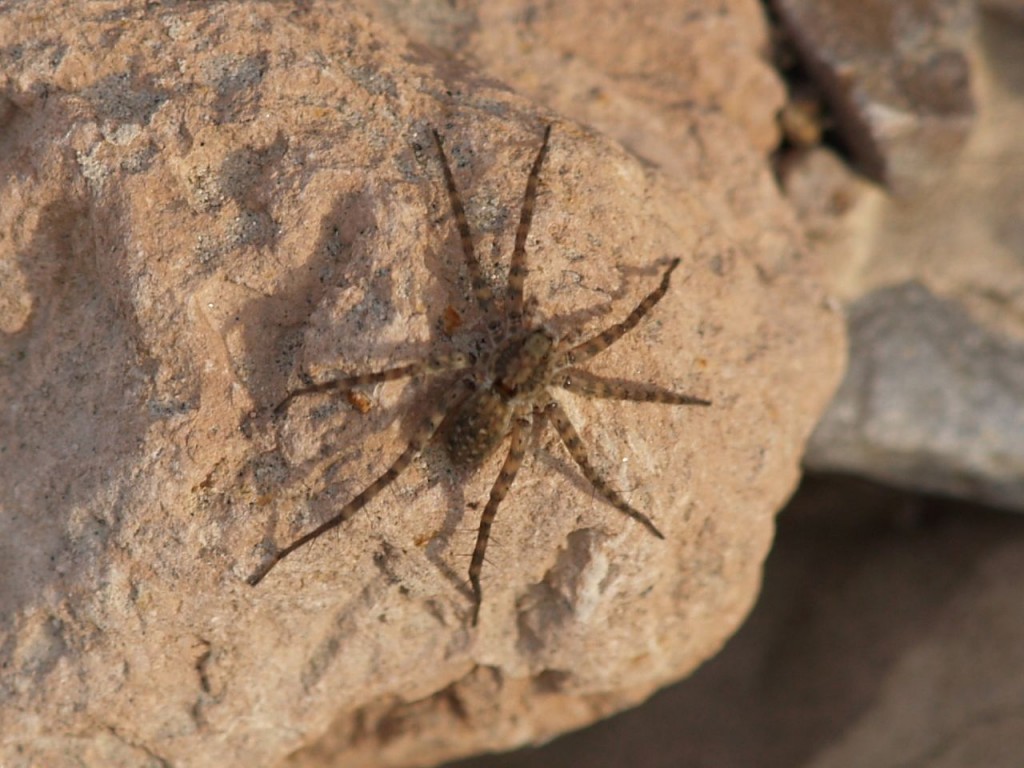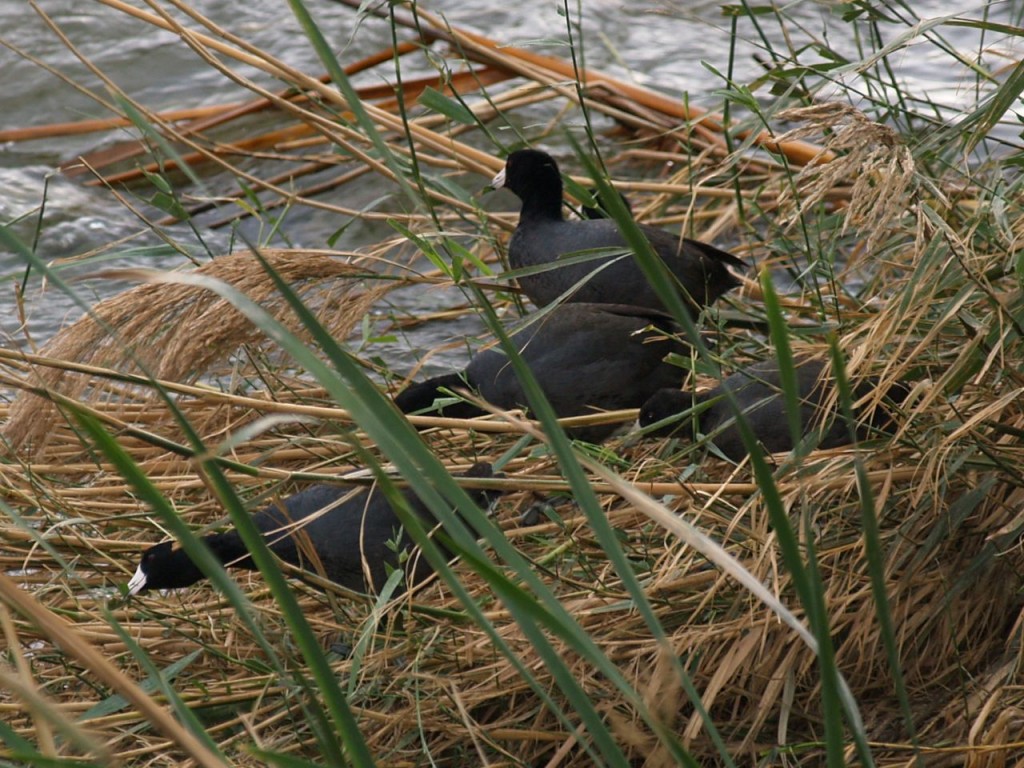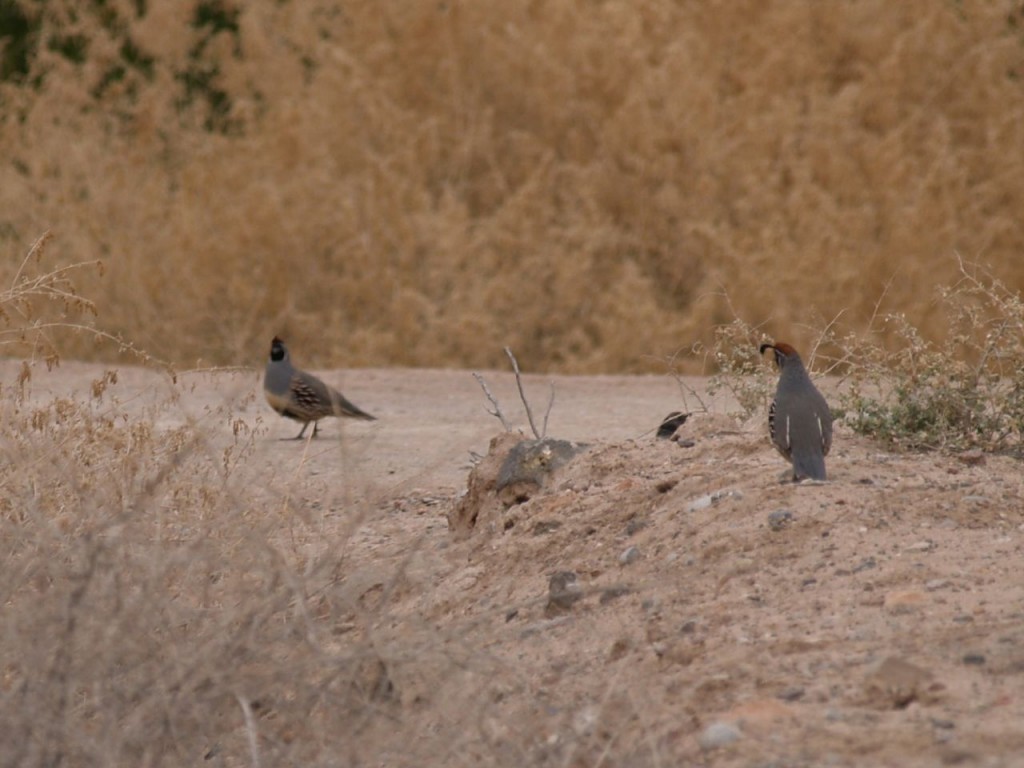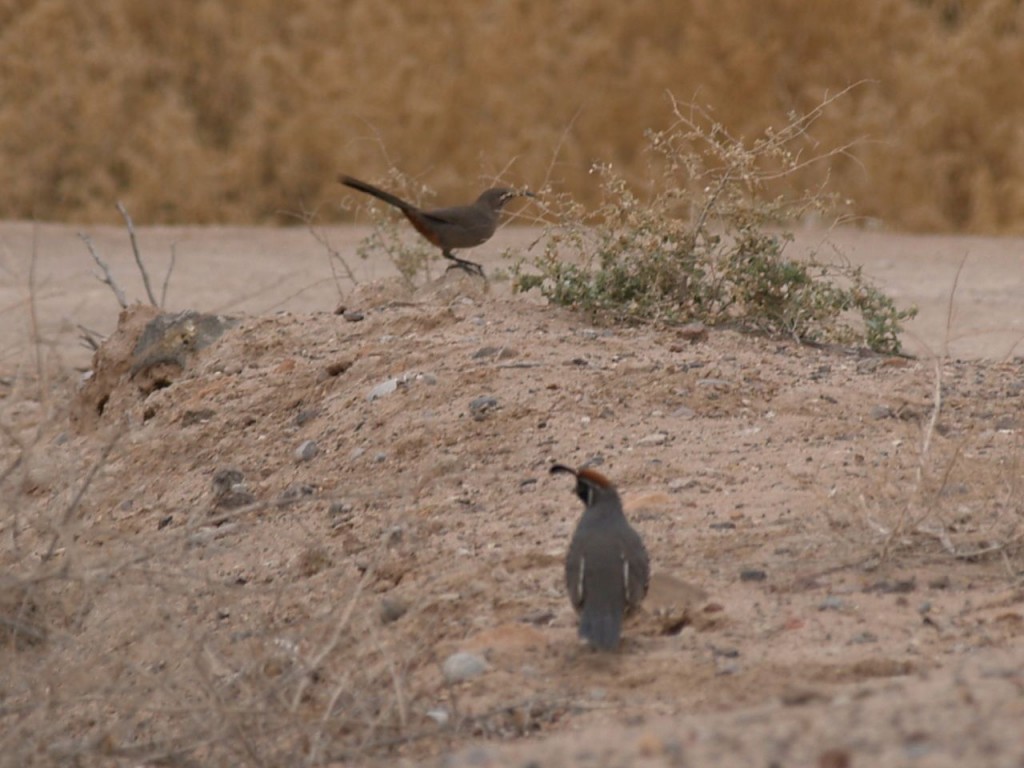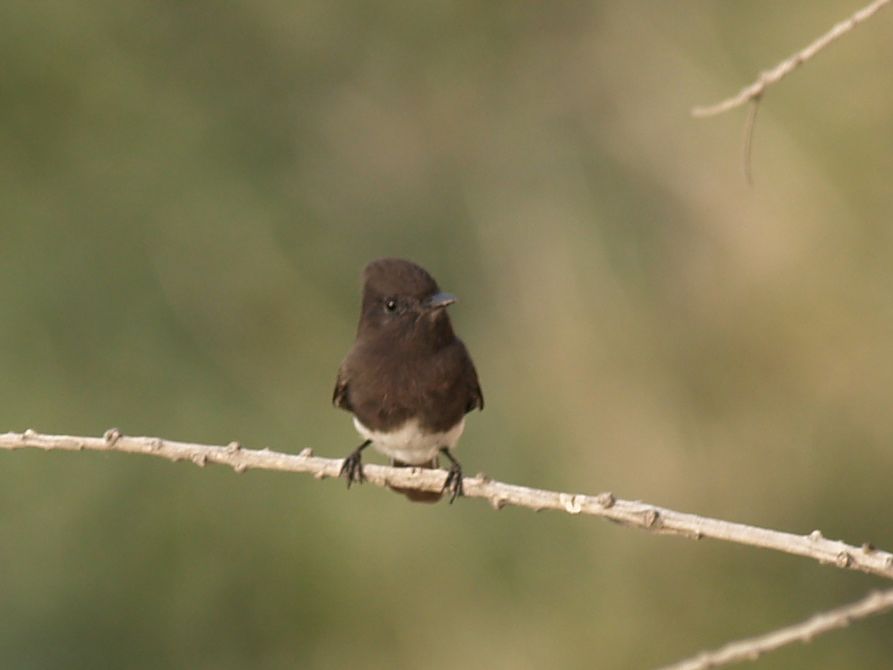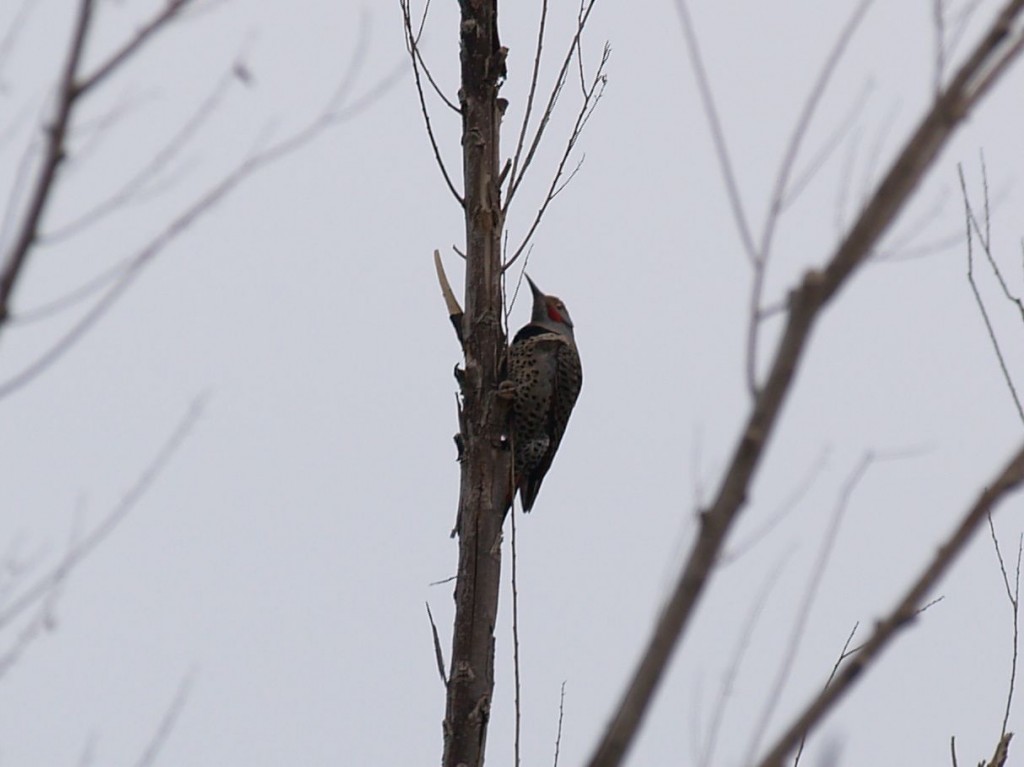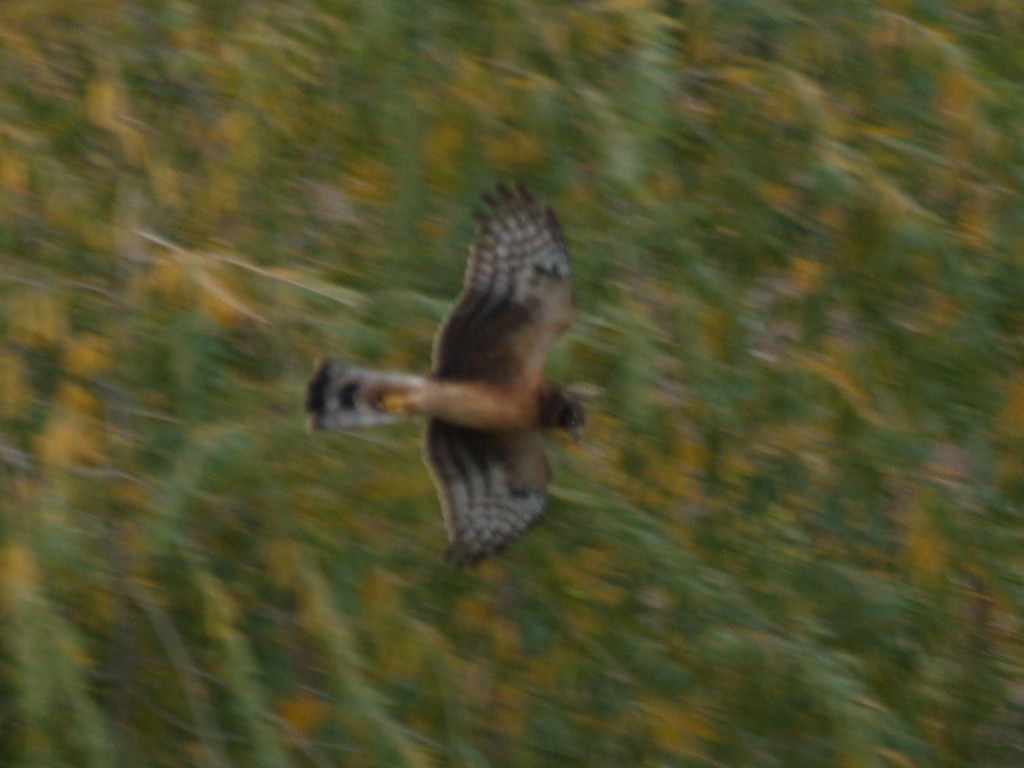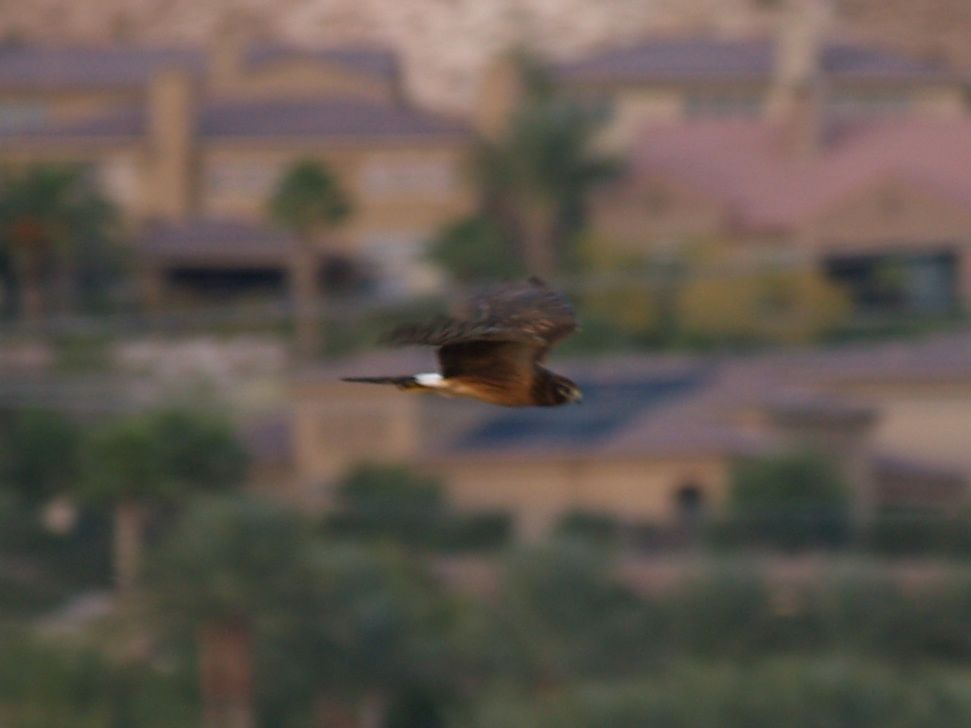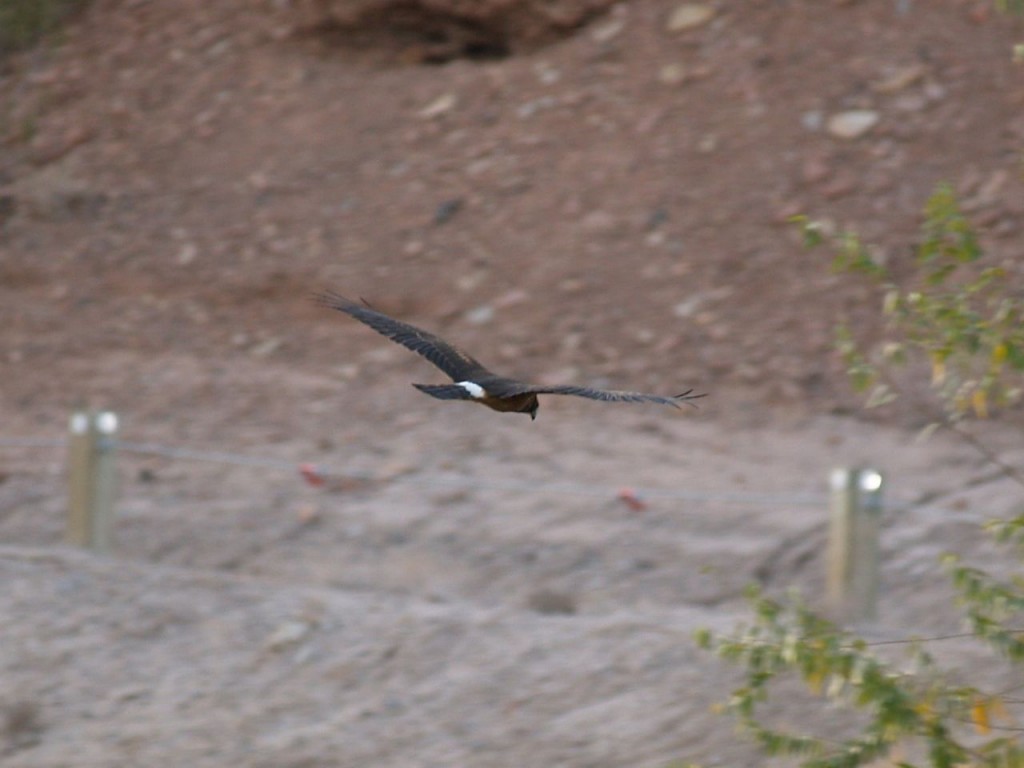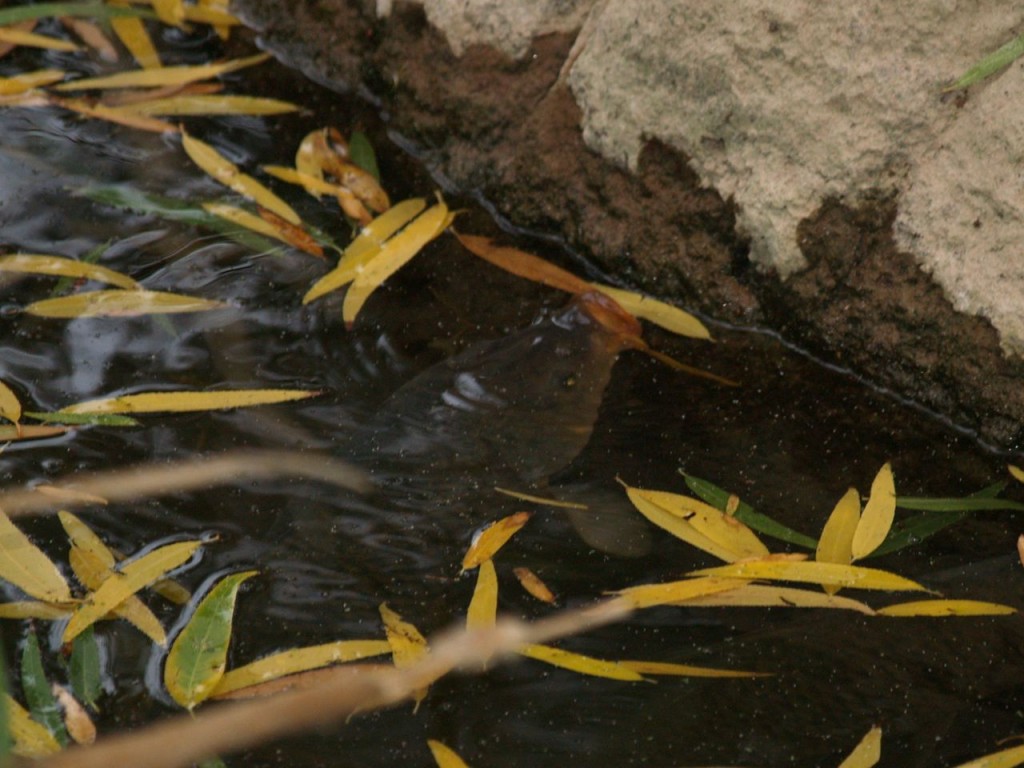I spent the day birding in south Texas. The area around the Rio Grande has some amazing birds to see, birds that you won’t see anywhere else in the United States. Below are a few highlights of what I saw, including some pretty plants.
Tag Archives: wildlife
Guard Snakes
Crowdsourcing Bird ID
Are you a birder? I need your help. I’ve been uploading photos that I have taken of birds to my website for a new section called appropriately enough Birds. In the course of organizing the photos, I’ve found I have some photos of birds that I never identified, mainly because I could never figure out what they were. So if you know birds, could you help a fellow, but admittedly very much novice, birder out? If you can identify any of the birds, please let me know by leaving me a comment. I have included the date and location the photo was taken with each photo. THANK YOU!
Mystery bird 1: Gull, I’m assuming a juvenile, but what species? Cape Hatteras, North Carolina, June 27, 2008 [update: this has been tentatively IDed as a great black-backed gull]
Mystery bird 2: Gull, I’m assuming a juvenile, but what species? Bodie Island, North Carolina, June 28, 2008
Mystery bird 3: My best guess is this is a semipalmated sandpiper. There was a small flock of them. My main concern with this guess is that I took the photo June 30, 2012 on Caladesi Island in Florida, and this seems a bit early for a semipalmated sandpiper to be in Florida.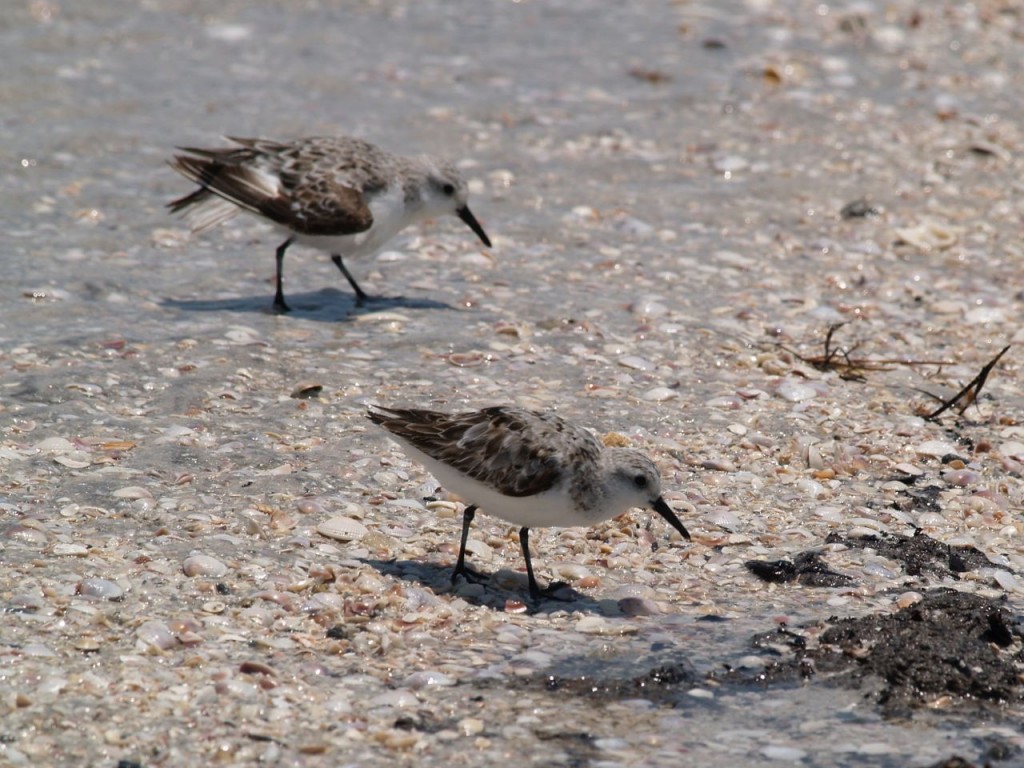
Mystery bird 4: I’m at a loss with this one. Some exotic game bird perhaps? Taken September 23, 2011 near the Nature Conservancy’s Great Salt Lake Shoreland north of Salt Lake City, Utah.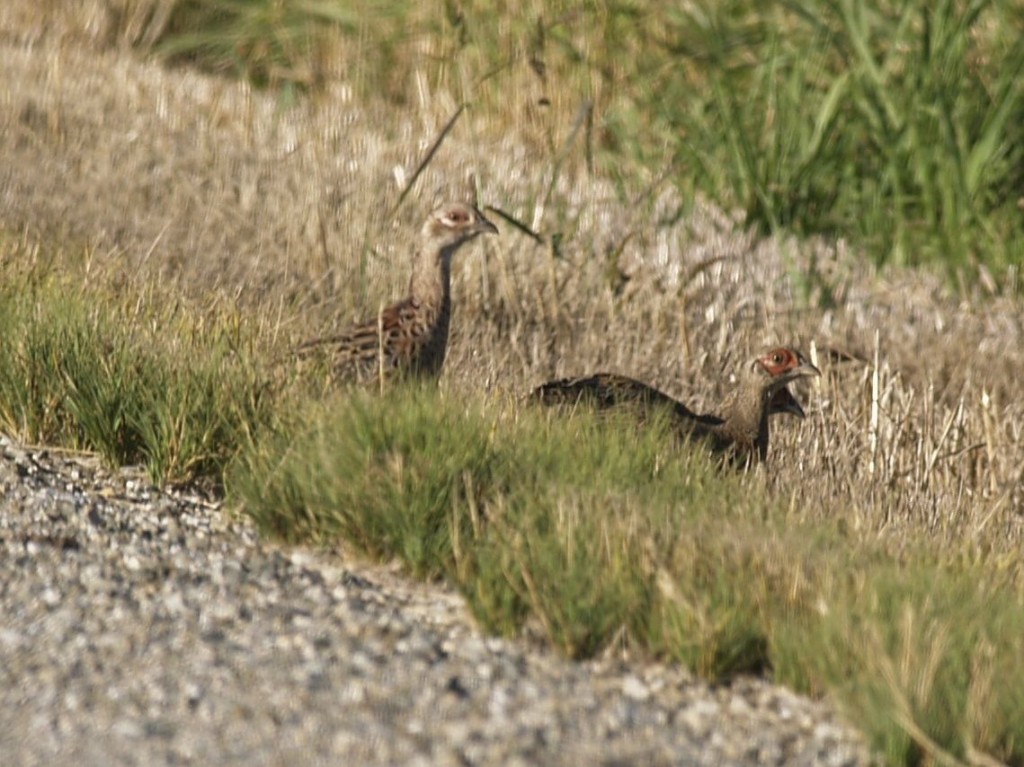
Mystery bird 5: I’m guessing juvenile red-naped sapsucker. Taken July 13, 2011 at Kootenai Falls near Libby, Montana.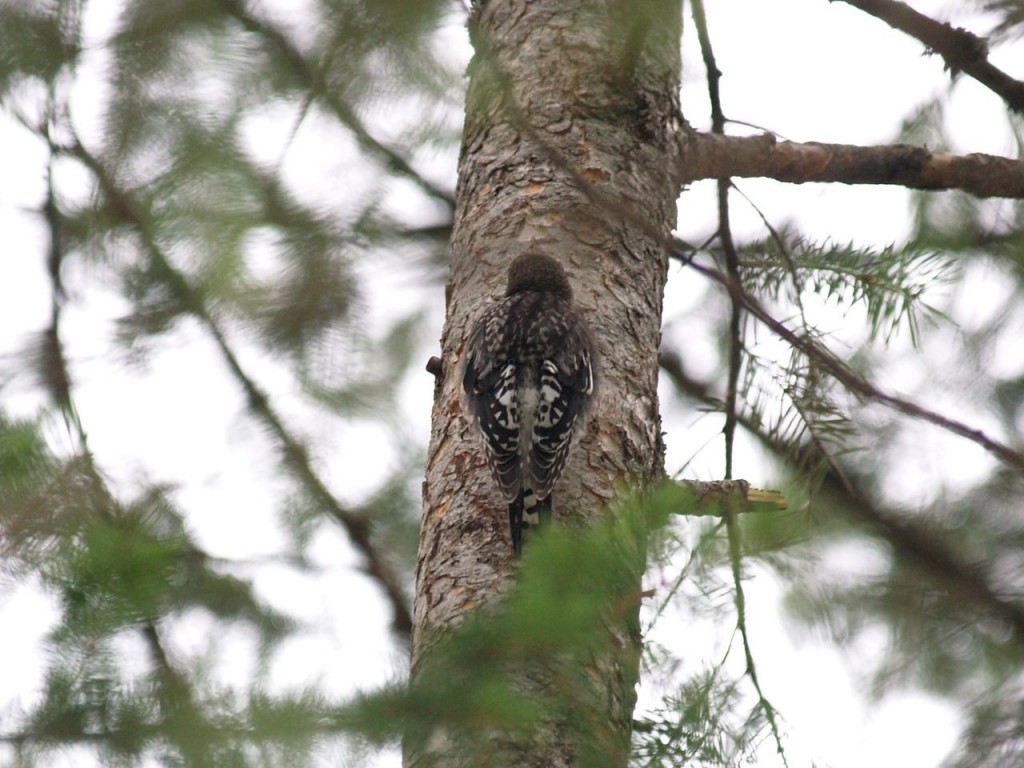
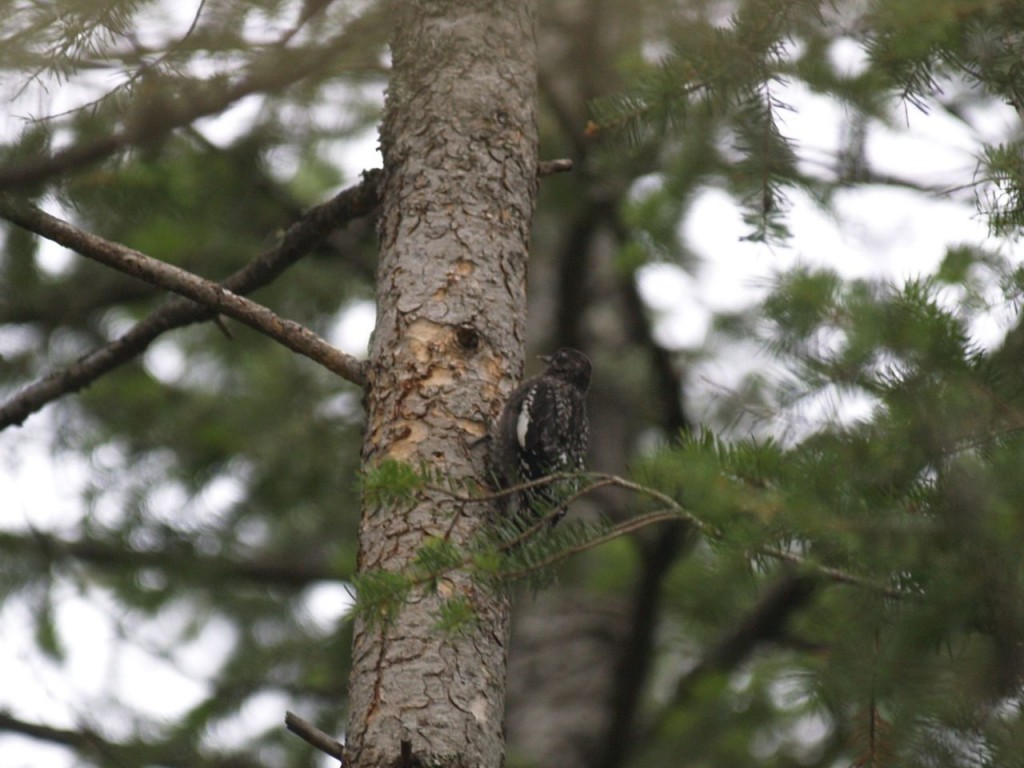
Collecting Acorns
This morning I joined several other members of Arlingtonians for a Clean Environment (ACE) to collect native acorns and other nuts in Lubber Run Park. The nuts are given to Growing Native which then donates them to state nurseries in the area to grow and plant to restore watersheds. That was the plan at least. Most likely due to the weather, there were not that many acorns, and those that had fallen had already been claimed by squirrels and other animals. Most of us ended up picking up a bunch of trash as we wandered through the park. In fact below is my haul. I make a much better trash collector than a squirrel. I found one viable acorn, a bunch of trash and recyclables, and one archeological find (sort of), a vintage Pepsi bottle.
Luckily other participants did much better than me. Overall, we had a pretty nice haul.
Then all the nuts had to be sorted though. It was a group effort to try to identify which type of oak tree produced the various acorns. Even consulting the books, we were still sort of guessing at some of them.
We sorted them as best we could, then bagged the various type acorns and other nuts separately to give to Growing Native.
Hopefully at least some of the collected nuts will be viable and produce saplings. At the very least, it was a nice couple of hours spent in a nice park, and we removed a bunch of trash.
Boat Ride from Chincoteague Island
I took a two hour cruise around the waterways of Chincoteague Island and Assateague Island today with Chincoteague Cruises and Nature Tours. It was a lovely day for a cruise, and I thoroughly enjoyed myself. Unfortunately we didn’t find any dolphins, but we did see some birds, Chincoteague ponies, horseshoe crabs, and jellyfish. We saw lots and lots of jellyfish in fact, such that I would never swim in the area where we cruised. The area is just beautiful, and the beauty becomes more clear when you can get away from all the tourists.
Chincoteague National Wildlife Refuge
Chincoteague National Wildlife Refuge is lovely, but it really should just be called mosquito paradise. If you go here and want to walk on any of the trails, insect spray will be necessary. I hate bug spray, but the mosquitoes are so bad, even I resorted to using it. However, the walk around the swamp was nice except for the mosquitoes. There were more swamp rose mallowes (Hibiscus moscheutos) in bloom than I have ever seen. I saw a few birds, but not that many. I would guess however that this is a great area to bird during migration season.
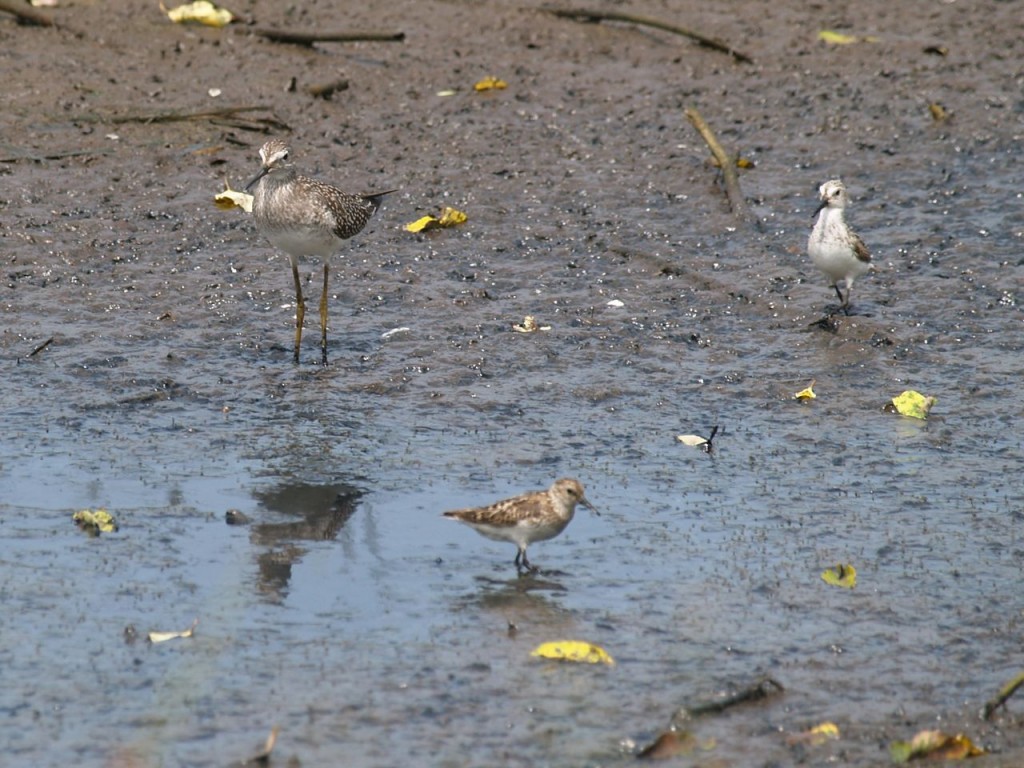
Greater Yellowlegs (Tringa melanoleuca), Semipalmated Sandpiper (Calidris pusilla), and another shorebird
Shenandoah National Park
I spent the day hiking and driving in Shenandoah National Park in Virginia. It is a beautiful park, and the weather was perfect. I was also treated to many insects going nuts on the flowers. The park has wonderful views of the area, including views that make it clear how the Blue Ridge Mountains got their name. I have identified the insects that I can. If anyone who happens to read this can identify or correct my identification, please contact me. I love to get the identifications correct. Edited to add: Thanks to Derek and friends on Twitter who have helped me identify the animals on this page!]
Central Park Turtle Who Loves Being Photographed
Wandering through Central Park yesterday, I encountered this turtle. He was in the grass right off of the Turtle Pond within a foot of the fencing to protect either the grass or wildlife or both. He totally wanted his photo taken. He just sat there while people walked by and would helpfully turn his head a bit so that everyone could get his best side. Really though he was so cute, he had no worst side. Then when he had had his paparazzi fix, he walked slowly back to the water, knowledgable that at least one photographer (me) would post his photos in a blog post and at least two photographers (my sister and me) would post his photo to Twitter. Life is good when you are a turtle in Central Park.
My questions for the Internet are: Can anyone identify for me what type of turtle this is? And what is that thing beneath his mouth that kind of looks like a tongue?
Update: I’ve had a suggestion that it is red-eared slider (Trachemys scripta elegans), which appears to be correct based on photos and NYC Central Park’s website. Still not sure what the thing below his mouth is.
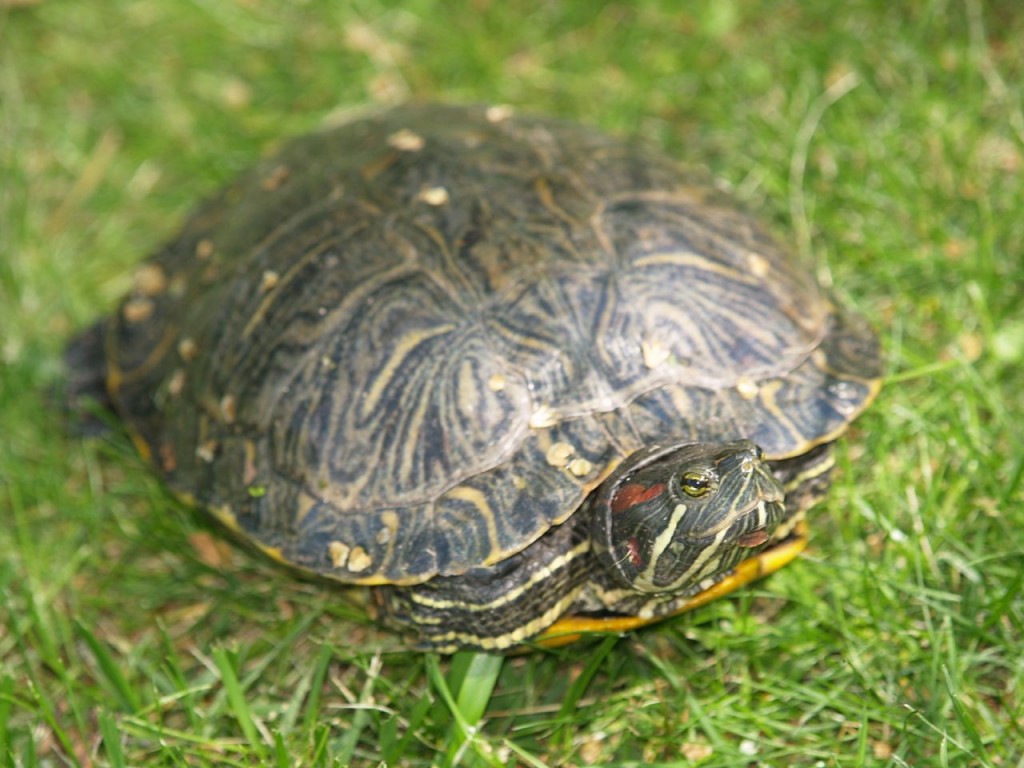
Gray Catbird: A Very Smart Bird
Today I was outside on my back patio doing a little bit of yard work. I swept a bunch of dead leaves and other yard debris and put them into a compost bag. In some places, these leaves had piled up, and I found earthworms underneath the leaves helpfully starting to decompose the leaves. Then I moved the compost bag, so I could work in another area, and I found more earthworms underneath the bag. [I honestly have no idea from where these earthworms come. Every time I sweep away leaves that have been there for a while, there is dirt and earthworms. Problem is, it is concrete patio surrounded by a brick retaining wall. How are these earthworms getting down the retaining wall and then getting across several feet of concrete patio?] I swept more leaves and put them in the compost bag. While I was doing this, I noticed a gray catbird (Dumetella carolinensis) land on the retaining wall then fly down to the patio near where the compost bag had originally been. This is slightly unusual because while I see a gray catbird almost everyday, I normally see it on the hanging suet feeder, not on the ground. Then I started pulling some invasive vines from my yard, and I noticed the catbird now land again on the patio, but now it landed in the second area that I had just swept right next to the compost bag. The second spot was about six feet or so from where I was standing pulling vines. I picked up the vines I had pulled and walk back to the compost bag to put them in it. By then the catbird had flown off, but while I was putting the vines in the compost bag, I looked back, and now the catbird was where I had just been pulling vines. I walked back to that same spot and swept the wooden steps that allow a path over the retaining wall. The catbird returned to the area near the compost bag. I then picked up the leaves and walked back to bag, and the catbird returned to the area where I had swept. This continued for a half hour or so. I would sweep or pull vines, and the catbird would watch me from the retaining wall. I would then take vines or leaves to the bag, and the catbird would return to where I had been working. The catbird was within about ten feet of me the entire time. I was actually quite honored that it would be that close to me. After quite a while, it finally dawned on me that the catbird was going to areas I disturbed to look for insects. I am not sure if it eats earthworms, but I was definitely unintentionally disturbing earthworms. I am fairly certain I was disturbing and revealing bugs. Thus, this very smart bird was letting me do the work of disturbing the ground to reveal insects, and the catbird would just come in my wake to look for the food. My new friend, the catbird, is a very smart bird.
Las Vegas Wash Wildlife
Previously I posted photos of the scenery along the Las Vegas Wash. The Las Vegas Wash attracts a lot of wildlife, particularly birds, because it is an important source of water. Below are photos of some of the wildlife I saw on it.
First the small wildlife. A pretty lady bug.
I have no idea what this is.
A spider.
There was a lot of birds. Bunches of American coots.
I think these are male Gambel’s quail.
I think this is a Gambel’s quail and a Crissal thrasher (its curved bill is more evident in another photo).
Black phoebe
Male northern flicker
The following three photos are of the same bird. I think it is a juvenile northern harrier, but I would really like someone to confirm that or tell me what it is.
Of course what body of water would be complete without fish. This fish had lovely orange lips.

